Trip Logs
Classic Antarctica Trip Log: December 7–19, 2019

December 7–9, 2019 | Buenos Aires & Ushuaia, Argentina
Our group gathered in the bustling Argentinian capital of Buenos Aires. We sat down to a relaxing breakfast in the hotel in the morning, and everyone was eager to explore this charming city. Some of us set off on guided tours, while others paid a visit to an estancia (cattle ranch) or discovered the city on their own.
In the evening, we were formally welcomed by A&K representatives over cocktails and hors d’oeuvres, providing us with an opportunity to meet our shipmates and talk about the adventure ahead.
The following day, we converged on the small city of Ushuaia, the gateway to Antarctica and the launching point for our luxury Antarctica cruise. Our group had arrived from distant reaches of the planet for the same reason: to experience the wildlife and landscapes of the White Continent. Clouds parted every so often, revealing striking views of the southern Andes. The glaciers, lakes and soaring peaks had to be seen to be believed, and the mesmerizing scenery seemed to go on forever.
Ushuaia was a growing outpost brimming with restaurants and shops catering to adventurers. Enjoying the unique distinction as the southernmost town in the world, Ushuaia is locally known as El Fin del Mundo — “The End of the World.” We could hardly imagine a more picturesque setting from which to embark on our journey.
We gathered at Arakur Ushuaia Resort & Spa, perched high above the town with sweeping views of the Beagle Channel below. At the atmospheric property, we mingled over a delicious lunch, and some of us hiked through the spectacular southern beech forest cloaking the lower mountain slopes.
The sky was a mix of sun and clouds, and a brisk wind brushed past our cheeks as we arrived at the pier, which was lined with fishing boats and expedition vessels. Making our way up the gangway, our group was welcomed by the A&K Expedition Team and crew of our lovely ship, ‘Le Lyrial.’ We settled into our staterooms and familiarized ourselves with the layout before enjoying some snacks and refreshing Champagne in the Grand Salon.
Following a lifeboat drill, we made our way to the theater for an official introduction to the ship and crew, joining Cruise Director Paul Carter and Expedition Director Suzana Machado D’Oliveira. Each member of the A&K Expedition Team shared some of their background, and it became clear that their passion for Antarctica and desire to share everything they had learned would make our journey truly special.
After we were treated to a fabulous dinner, we enjoyed some time on the deck and watched as Ushuaia vanished into the distance. Darkness fell over mountains, which hemmed the Beagle Channel on both sides, and small bands of South American terns and blue-eyed shags fished in the waters.
We took our last breath of South America, smelling the fresh green vegetation carpeting the mountainsides and contemplating the experiences that lay ahead. As we drifted off to sleep in our new home away from home, we eagerly awaited the vast Southern Ocean that would bid us welcome in the morning.

December 10, 2019 | At Sea
We awoke to the ocean rolling in every direction, with South America now well behind us. The wind and swell had built up during the night, and many of us slept in before breakfast was served.
Everyone had the opportunity to exchange their parkas for more form-fitting replacements. Then, we joined ornithology lecturer Patricia Silva for her presentation entitled “Seabirds of the Southern Ocean.” She highlighted some of the species we would see in the open ocean and told stories of their amazing long-distance travel capabilities; some species regularly circumnavigate the entire globe between nesting sessions. Patricia presented beautiful photographs of these striking birds in flight, something we hoped to see firsthand on the ship’s deck.
Over lunch, the sea began to calm considerably. Afterward, we headed for the deck and found ourselves in the company of seabirds swirling effortlessly in the wind. Black-browed and grey-headed albatrosses careened back and forth in the ship’s wake, while tiny Wilson’s storm petrels stayed low to the water, ducking in behind the large rolling swells for short-lived protection from the wind.
Marine mammal lecturer Matt Messina gathered us back in the theater for “Whales of the Southern Ocean and Antarctica.” From the far-reaching, low-frequency vocalizations of blue whales to the cooperative bubble-net feeding of humpback whales, he shared some riveting stories about this diverse group of mammals. We left the lecture hall excited for our first encounter with the whales of the Southern Ocean.
After enjoying some fresh air outside with our two photo coaches, we joined micropaleontology and paleoclimate lecturer Reed Scherer for “Climates and Ice Sheets: Past, Present and Potential Futures.” He revealed how changes in climate are caused by a combination of factors, including ocean circulation patterns, slight variations in the planet’s orbit and the composition of the atmosphere. It was a fascinating lecture that helped us clearly understand the driving forces behind Earth’s climate.
Donning our best Sunday attire, we prepared for the Captain’s Welcome Aboard Cocktail Party. The ship swayed back and forth as we mingled over Champagne, and we had the pleasure of meeting Captain Christophe Colaris, who introduced several core members of his crew. Like our fellow guests, the crew hailed from different parts of the world, gracing our vessel with international flair. Everyone had a wonderful time, and the evening was rounded off with a sublime dinner.

December 11, 2019 | At Sea: En Route to Antarctica
We peeled back the curtains in the morning, revealing a steel-gray sky. A walk outside was met with cold, crisp air and a group of Cape petrels circling the ship. These majestic birds, easily identifiable due to their splotchy black-and-white pattern, frolicked in the air currents as ‘Le Lyrial’ made its way south.
After a leisurely breakfast, we joined Matt in the theater for his talk entitled “Leopards of the Deep: Ice Seals of Antarctica.” Among other species, he introduced us to the crabeater seal, a krill-eater and the most abundant seal on the planet; and the infamous leopard seal, a voracious predator of penguins often found patrolling the waters around penguin nesting colonies.
We enjoyed some more fresh air outside as we scanned for wildlife. Later, we gathered back in the theater for a mandatory briefing concerning proper conduct ashore, led by Suzana and Expedition Leader Marco Favero. The goal was to ensure that the environment and wildlife were not disturbed by our presence. We also learned the ins and outs of the Zodiacs, sturdy inflatable boats that would be our transport of choice out here in the great white expanse.
We had lunch and then cleaned the accoutrements we would bring ashore in order to meet Antarctica’s biosecurity guidelines. Next, we met Richard for “Yes! You Can Capture Antarctica with Your Smartphone!” From adjusting light exposure to taking advantage of the array of different video features, he revealed how smartphones could be an effective tool for photographing Antarctic landscapes and wildlife.
During the afternoon, a light snow fell. Captain Colaris maneuvered ‘Le Lyrial’ through Nelson Strait, where we had our first look at the glistening icecaps covering these low islands. Several humpback whales were spotted in the area, and small groups of chinstrap penguins could be seen waddling just below the ship’s railing. It was here that Paul announced the winner of the spot-the-first-iceberg competition.
Later on, we met Patricia for “Birds in Tuxedos.” She highlighted some of the penguin species we would encounter on our journey, including the Adélies, which march many miles over the sea ice in October to reach their breeding colonies. It was an entertaining presentation, and we left eager for tomorrow’s arrival at our first Antarctic penguin colony. As we sipped our drinks, we gathered for our first evening recap and briefing. Naturalist and Zodiac driver Rich Pagen introduced us to the Beaufort scale — a device used for measuring wind speeds — and Matt spoke about ocean currents in the Antarctic.
Dinner was served, and then we slipped off to bed. We couldn’t wait for tomorrow, where we would wake just off the tip of the Antarctic Peninsula.

December 12, 2019 | Brown Bluff & Antarctic Sound, Antarctica
We awoke this morning to Antarctic Sound in all of its grandeur, with a calm sea and icebergs of every shape scattered in every direction. After breakfast, we donned our gear and prepared for our voyage’s first Zodiac excursion.
It wasn’t long before we had landed at Brown Bluff, a towering 2,200-foot-tall cliff behind a cobble beach, home to a large colony of Adélies and clusters of gentoo penguins. The cliffs made perfect nesting sites for Cape and snow petrels, which we observed as they circled high overhead along the cliff face.
Still, the highlight of the landing was spending time with the penguins — and the longer we watched, the more we saw. Adults methodically picked up stone after stone, returning to their nest and building upon its foundation. These curious creatures lay atop stone piles, carefully incubating their eggs. We even got to witness newly hatched chicks, probably the most amazing part of the experience.
Tucked in beneath their parent, the new arrivals were generally safe from the patrolling brown skuas and kelp gulls, which were always on the lookout for a free meal. Along the shoreline, penguins came and went from the sea, and if we sat quietly enough, they would waddle right past us without a care in the world.
Back on the ship, we told stories over lunch and admired the sublime scenery outdoors. As we ate, Captain Colaris maneuvered ‘Le Lyrial’ into Fridtjof Channel, a narrow, ice-choked pass into the Weddell Sea.
Later on, we gathered for an early afternoon recap and briefing with Richard, who shared some photo tips. Naturalist and Zodiac driver John Wright told the unlikely story of the 1901–04 Swedish Antarctic Expedition, led by Finnish-Swedish geologist, geographer and polar explorer Otto Nordenskjold and Norwegian Antarctic explorer Carl Anton Larsen. Next, we set out on a Zodiac tour to visit Erebus and Terror Gulf, located just off the southern tip of the Tabarin Peninsula.
Ice was the afternoon theme, and it was spectacular. We encountered several different types and a seemingly infinite variety of shapes and sizes. ‘Le Lyrial’ nosed up to first-year sea ice — essentially frozen ocean water — where we discovered Southern giant petrels resting on the frozen mass. Small groups of Adélies tobogganed across flat ice, moving at a respectable clip.
We cruised around an impressive tabular iceberg, its flat top reaching a height of 100 feet above the sea. Snow petrels flew along the iceberg’s edge, while an Antarctic tern — apparently under the impression it was king — perched atop its chilly throne. It was a breathtaking experience to spend time in a wonderland of ice, the subtle variations in lighting making every view as mesmerizing as the last.
In the evening, we savored a lovely dinner. We also kept an eye out the window, admiring the gorgeous Antarctic landscape throughout the evening.

December 13, 2019 | Aitcho Islands & Deception Island
We awoke this morning in the South Shetland Islands. After a hearty breakfast, we bundled up for the short Zodiac ride ashore to Barrientos in the Aitcho Islands. Conditions were perfect at the landing beach, which was crowded with gentoos nesting from the high-tide line. What struck us right away was just how green the shore was; moss and algae seemed to be covering almost every inch of the beach.
Once ashore, we walked over a rise to the backside of the island, where we observed three elephant seals through the spotting scope. These molting individuals were displaying the classic thigmotactic behavior that elephant seals are known for, huddling so close together that they were almost lying on top of each other.
Chinstraps and gentoos nested in clusters all over, most with eggs but a few with recently hatched chicks. Several aggressive brown skuas devilishly studied the entire scene, working hard to distract nesting penguins just long enough to snatch one of the delicious eggs. One skua hauled its stolen quarry up a sloping hillside and repeatedly rolled it down — a behavior that even Marco, with his more than thirty years of experience, had never seen.
We returned to the ship in the late morning and joined Reed for “Tiny Fossils and the Big Ice Sheet.” It was a fascinating talk about how scientists can learn more about the history of the West Antarctic Ice Sheet from plant plankton.
Over lunch, we watched the ship’s southwest transit along the island chain to our afternoon stop: Deception Island. We lined the railings to watch the ship’s approach to the mysterious island along with its dramatic entrance through Neptune’s Bellows. Deception Island is a flooded volcanic crater, shaped like a doughnut with a small bite taken out of it. The name derives from the early mariners who unwittingly sailed past the entrance to the center. The island has an extensive history: The “bite,” called Neptune’s Bellows, made a safe anchorage for early sealers and served as a center for the whaling industry in the early 1800s. Today, it operates as a geological research site.
We landed in Telefon Bay in calm conditions and hiked inland for a look at an impressive parasitic volcanic crater. The views were unforgettable, and finding a large number of krill washed up on the beach was an unexpected opportunity to see the keystone species of the Antarctic up close and personal.
After we returned to ‘Le Lyrial’ and the last of our Zodiacs were craned back on board, we gathered for recap, where we learned about Deception Island’s geology from Reed and penguin behavior from Patricia. The ship exited back through Neptune’s Bellows, and soon, the mountainous spine of the Antarctic Peninsula glowed yellow off ‘Le Lyrial’s’ port side as we headed off to bed.

December 14, 2019 | Neko Harbour, Cuverville Island & Gerlache Strait
We awoke to the Gerlache Strait at its finest, with towering mountains on our flank, all of them covered in glaciers that looked like frosting on a cake. The cool morning air helped wake everyone up, and soon, we found ourselves pushing through ice in our Zodiacs and zipping around stunning Andvord Bay.
We landed at Neko Harbour, named for Christian Salvesen’s floating whaling factory ship ‘Neko,’ which operated in the South Shetland Islands and the Antarctic Peninsula between 1911 and 1924. Many of us decided to hike to the ridgeline above. We ascended a steep, snow-covered hill and made our way to an outcrop from which our group could see Andvord Bay in its entirety — and what a sight it was to behold.
Below, we sat and watched the penguins move about their day. A massive glacier with cerulean crevasses cascaded down to the sea adjacent to the boulder-strewn beach. Steep penguin highways stretched from the shoreline to the nesting colonies, and we couldn’t help but to think what it must be like for the first penguin that arrives there each spring — a penguin who would need to break a trail for those who would follow.
Later on, we savored a zesty barbecue lunch as ‘Le Lyrial’ meandered through the ice and entered the Errera Channel en route to Cuverville Island. This bell curve-shaped island is covered with extensive beds of moss and lichen, adding some fresh greenery to the already beautiful scenery.
Naturalist and Zodiac driver Russ Manning led a hike to a high vantage point for a view over the iceberg-scattered sea to the mountains and glaciers beyond. Trudging up the snowy slope proved quite strenuous. On the way back down, many of us chose a more exciting way to conquer the descent: sliding. It was so much fun that some guests made their way back to the top just to do it again.
The gentoos at Cuverville have received plenty of visitors over the years, so the nearly 6,000 breeding pairs tend to be downright welcoming. We watched their behavior closely, noticing how these penguins constantly add stones to their rock pile nests and attempt to steal stones from others. On the way back to the ship, we visited a maze of massive grounded icebergs, including one with an impressive arch running through it.
Back on board, there was a call from the bridge: A large pod of orcas had been spotted. Without a moment’s hesitation, we made a mad dash outside. Blue skies floated above, and there was not a breath of wind. Lining the railings, everyone marveled at a cluster of Type B orcas, known for their large white eye patches and a habit for hunting seals.
Over dinner, we watched the natural light over the frosted mountain peaks change whenever the sun dipped gradually above. Later on, in what was another magical scene, ‘Le Lyrial’ pushed deeper into the dense sea ice in the Gerlache Strait.

December 15, 2019 | Enterprise Island & Georges Point
This morning, ‘Le Lyrial’ arrived off Wilhelmina Bay under perfect conditions, with the mountains of the Antarctic Peninsula rising to 4,000 feet to the east. We boarded the Zodiacs and explored Enterprise Island as well as the small islets surrounding it. Most of the evidence left behind from the whaling era came in the form of boats and anchoring posts. Foyn Harbor is the sheltered anchorage here, named after the whaling factory ship ‘Svend Foyn.’ The ship itself was named for a Norwegian shipping magnate of the same name, who patented the grenade harpoon gun in 1870. Apparently, the harbor was used by the Norwegian whalers who operated there between 1910 and 1930.
The wrecked ‘Governoren,’ a whaling factory ship that caught fire in 1915, was beached in a small cove. Resting atop a rusty ruin were a handful of Antarctic terns, their red beaks and feet contrasting vividly with the whites and blues of the surrounding landscape.
The star attraction of the Zodiac cruise was the humpback whales, which migrate here from the tropics each summer to feed in these krill-rich waters. A group of five whales were diving frequently, raising their tail flukes out of the water and revealing their unique pattern of black, white and yellow in the process. With so little wind, the sound of their respirations could be heard even at a distance. It was a special treat to observe such beautiful creatures up close.
We sat down to a tasty lunch as ‘Le Lyrial’ cut south to Georges Point at Rongé Island, along the west coast of the Antarctic Peninsula. The scenery was dreamlike, with small, misty clouds scattered on otherwise sunlit mountain peaks and glaciers tumbling down to the sea on all sides.
Just up from the landing, we stumbled upon a Weddell seal loafing in the snow, who showed off its skill as a professional coach potato. We learned that Weddell seals are known for their enchanting underwater songs and for gnawing at the ice during the winter to keep their breathing holes open. In between feeding sessions, they often rest either on the ice or ashore on snowfields.
We walked up a trail through deep snow, encountering nesting gentoos and chinstraps along the way. Unsurprisingly, the penguins were also using the trails, though they didn’t seem to have any kind of contingency plan for dealing with two-way traffic. Surrounded by a brilliant panorama, we patiently watched the activity around the colony. Penguins returned from the sea to relieve their parents back at the nest, while others maintained their prized rock collections.
During recap, Matt spoke about the whale sightings we had experienced over the past few days, and Rich shared penguin colony stories, including “the bouncer” from a few days back — a penguin who always seemed to show up at just the right moment to save others from marauding skuas.
In the evening, ‘Le Lyrial’ arrived at Wilhelmina Bay, where we gathered on deck to scan for wildlife. A Weddell seal rested on an iceberg while countless humpback whales fed in the area, some even bubble-net feeding to force large numbers of krill into a tight ball shape before finishing them off. The energy both on deck and in the Observation Bar was electric, and many of us lingered well into the night. Some even stayed up to watch the changing lights of the sunset.

December 16, 2019 | Cierva Cove & Mikkelsen Harbor
We pulled back the curtains this morning to discover favorable weather conditions; like the last couple days, there was no wind and plenty of sunshine. Our group sat down to breakfast before boarding the Zodiacs for a tour of Cierva Cove. It was a particularly scenic spot, choked with ice and flanked by impressive mountain peaks.
Base Primavera, an Argentine Antarctic base, was nestled on a hill overlooking the cove, its orange buildings in stark contrast to the frosty white and blue landscape. We cruised along the shoreline of a rocky island, where Antarctic hair grass and lush moss beds blanketed the ledges and chinstraps leaped in and out of the water.
Several humpback whales were in the area, and we listened to the sound of their blows while nursing surprise Champagne among the ice floes. These 50-foot leviathans migrate to the Antarctic for the short but productive summer, where great swarms of krill fill the sea. As fall approaches, they prepare for the long journey north to the tropics to calve and breed.
We headed back to the ship for lunch, then sat with a journal for a while, recording some of the many highlights on our journey thus far. Once ‘Le Lyrial’ had anchored off Mikkelsen Harbor, we made our way to the Zodiacs for the short ride to the landing. The early-season snow covered most of the island, and outcroppings were occupied by playful gentoos.
As we climbed the landing beach — many of us shedding our parkas along the way — we couldn’t help but notice the handful of Weddell seals resting in the snow just up from the shoreline. There were also charming views of the pups of the year, which were lounging on a snow patch just around the corner. These seal types are true ice seals, heading south in the winter to feed under the fast-moving ice.
Farther along, we arrived at the top of the hill, where the far side of the island came into view. Glaciers and soaring mountain peaks loomed in the distance, while gentoos went about their business all around us. Sleeping seemed to be the activity of choice, a bold move considering the parents were on guard duty. Still, apart from defending the nesting grounds, their only real task was to keep the eggs warm.
Gentoos are the third largest of the penguin species and tend to spread out at their nesting colonies — much more so than the Adélies we saw a few days ago, which prefer to cram themselves like sardines into small, guano-covered areas. Mikkelsen Harbour was the perfect place to relax as we watched the penguins and the picture-perfect setting.

December 17, 2019 | At Sea: En Route to Ushuaia
We awoke to uncharacteristically calm seas in the Drake Passage. Breakfast was served, and everyone spent some time on deck before joining history lecturer Rob Caskie for his talk entitled “Shackleton’s Incredible Journey.” Rob told the riveting story of Shackleton and his men. We learned how they managed to avoid getting trapped in sea ice, and how they travelled over ice and sea to Elephant Island, sailed 800 miles to South Georgia and trekked across the island to get help.
Next, we made our way to the deck for some fresh air and to watch Southern giant petrels glide effortlessly along the side of the ship. Our photo coaches were on hand to answer our camera questions, and we had plenty of opportunities to take pictures.
We returned our rental gear and joined Marco and Patricia in the theater for “Albatrosses off the Hook: Seabird Conservation and Fisheries in the Southern Ocean.” They discussed the issue of by-catch — specifically, the accidental capture of albatrosses and petrels along the Southern Ocean branch lines when Patagonian toothfish are the intended target. They also proposed some ideas for how we can become involved and make a difference in saving these remarkable birds.
Later on, Reed and John invited us back to the theater for “Operation, Challenges and Science in the Deep Field.” Sharing their unique experiences from working in Antarctica, they talked about operations and scientific research in the continent’s challenging conditions. They also discussed how research tools have changed from the early 1900s to the present. Learning about the earlier time period was significant because that’s when English Royal Navy officer Robert Falcon Scott led two expeditions to the continent. Richard came next with “In the Footsteps of Ansel Adams: Processing like the Masters.” Focusing on the importance of following through after capturing photos, he shared many suggestions about the best way to make subtle adjustments to our images. Armed with new knowledge, we left feeling empowered.
In the evening, we got together for the Captain’s Farewell Cocktail Party. Our group mingled over Champagne and were introduced to several crew members. It was an opportunity to meet all the wonderful people who contributed so much to our voyage. Captain Colaris soon appeared and welcomed everyone to the party. He also thanked our group for sailing alongside him, and provided a summary of the highlights. After a sumptuous dinner was served, we enjoyed a cocktail with the new friends we had made and shared our experiences together throughout the night.

December 18, 2019 | At Sea: En Route to Ushuaia
Early in the morning, we were treated to a magnificent view of Cape Horn, the southern tip of the South American continent. Cape Horn was named for a town in the Netherlands from where ‘Unity’ sailed — formerly the Dutch warship ‘Eendracht.’ An occasional black-browed albatross made a close pass by the ship, investigating the curious metal object plying its way north through the Southern Ocean. After breakfast, many of us sat down with a book and a fresh cup of coffee.
Later on, Reed kicked off the day’s lectures with “Paleoclimates: Is What’s Past Prologue?” Continuing the discussion on climate change from earlier, he explored how likely these changes are to cause the collapse of the West Antarctic Ice Sheet, and what consequences they would spawn. Reed also spoke about the role science plays in influencing climate-related policy decisions.
Before lunch, Paul gave a disembarkation briefing, where we received our travel information for the journey home. Then, we enjoyed a showing of the cruise DVD, produced by the A&K Expedition Team. Many got a head start on packing, while others put it off a bit longer in exchange for a nap or time on deck to watch a light, misty rainfall.
Rob gathered us back in the theater for “The Norwegian Who Took the Prize.” Over the course of the presentation, we were graced with a complete biography of Roald Amundsen, from his youth through his illustrious career as a polar explorer. Amundsen was the first person to reach the South Pole, and though not a scientist, he understood that incorporating science into his expeditions would greatly increase their value to humanity. Rob’s expert storytelling brought this famous explorer to life, and everyone was impressed with the presentation.
During the late afternoon, we joined Suzana, Marco and the rest of the A&K Expedition Team for an overview of our journey. We watched a fantastic slide show made up of photos of our experiences taken by the team and compiled by naturalist and Zodiac driver Richard “Blackjack” Escanilla. The slide show featured photos of our landings, and many of us recognized ourselves disguised behind dark sunglasses and bright-red parkas. The photos were awe-inspiring, and our experiences in Antarctica were so profound they already felt like distant memories.
We also participated in the Save the Albatross Fund. Guests who purchased tickets could win a painting by Patricia, and the room had reached a fever pitch as the winners were announced. This was followed by an auction for a sea chart with original artwork.
As ‘Le Lyrial’ docked at the pier in Ushuaia, it was shocking to see civilization for the first time in more than a week. We had been away in an icy wilderness for so long that our senses felt heightened — the town seemed more spirited, the smell of the greenery sweeter and more robust.
We had reached the end of our epic journey. The final days of the expedition were dominated by reflection and celebration. Antarctica is a place truly beyond description, a remote gem uniquely powerful and fragile in the same breathtaking moment. With all that we had been through, our group would return home with a deeper appreciation for the continent, a place worthy of protecting for generations and generations to come.






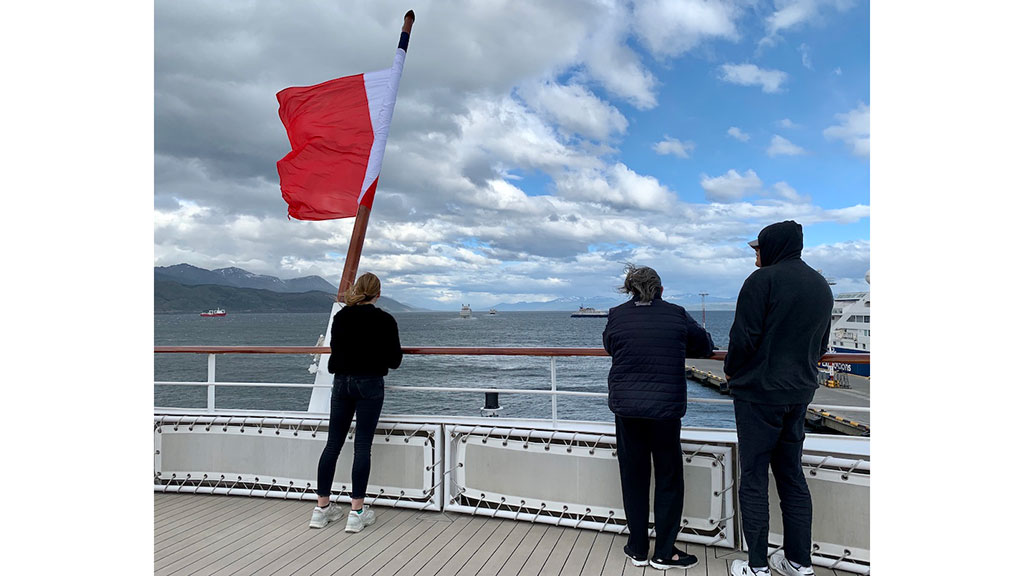
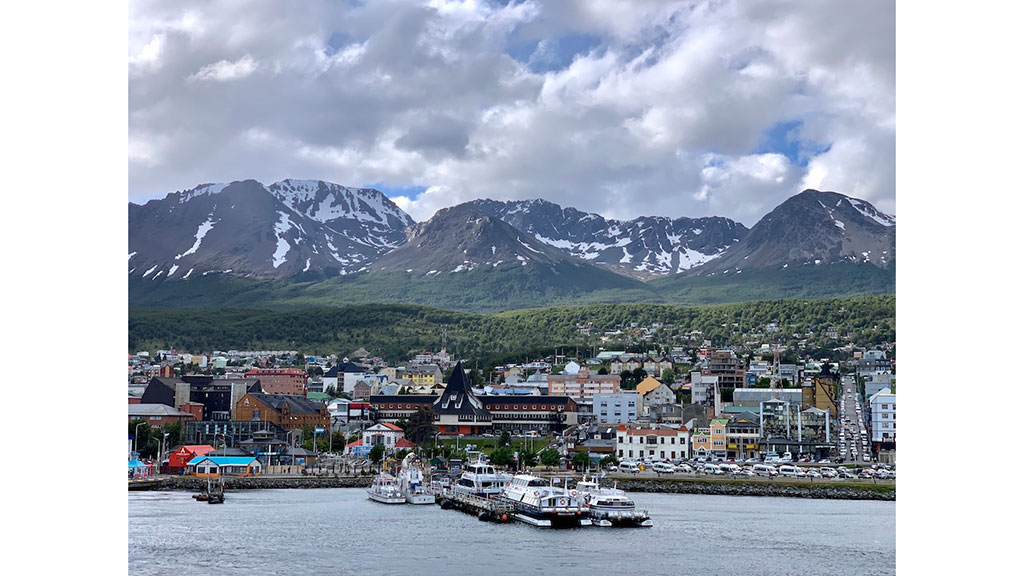
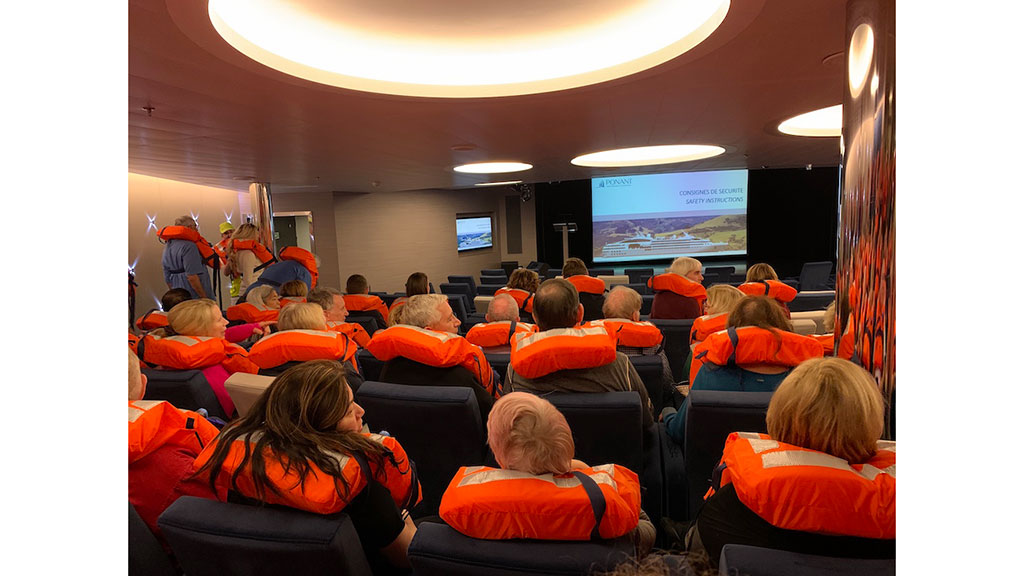
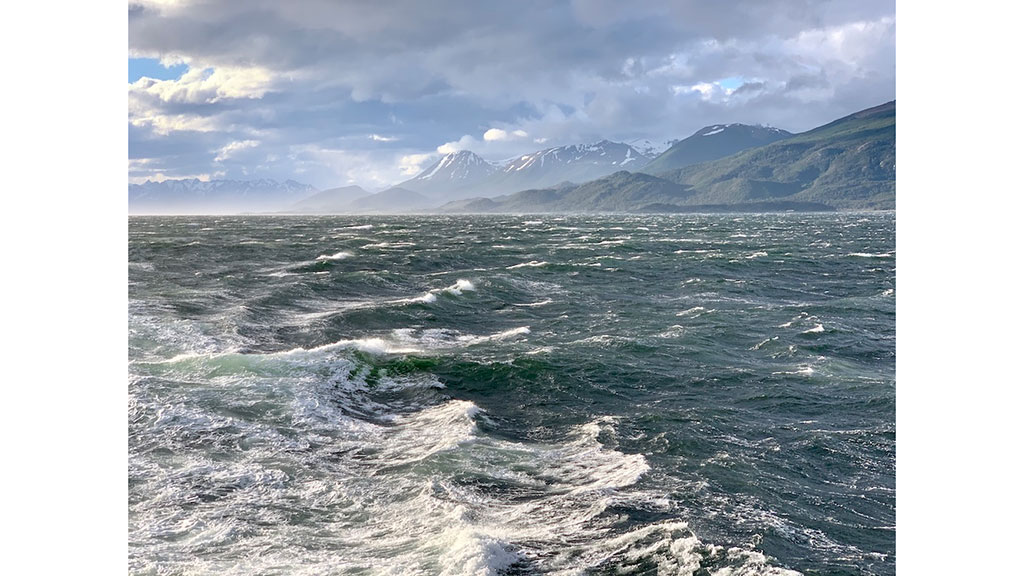
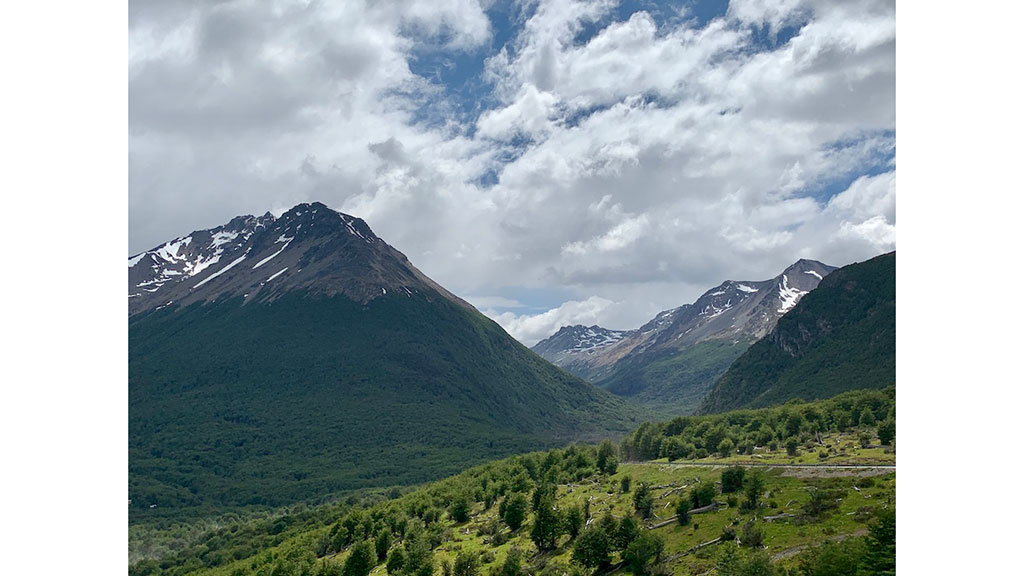






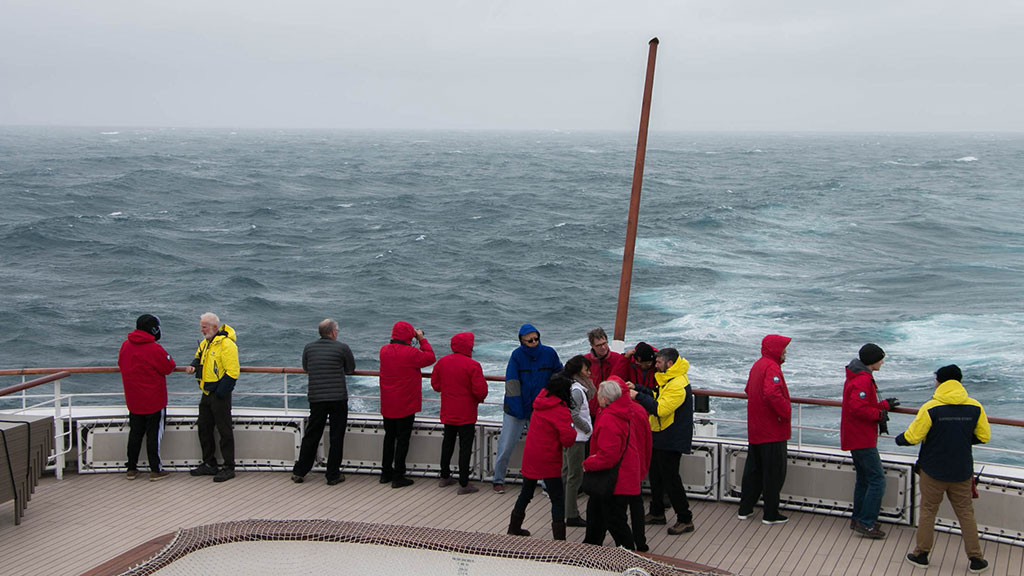
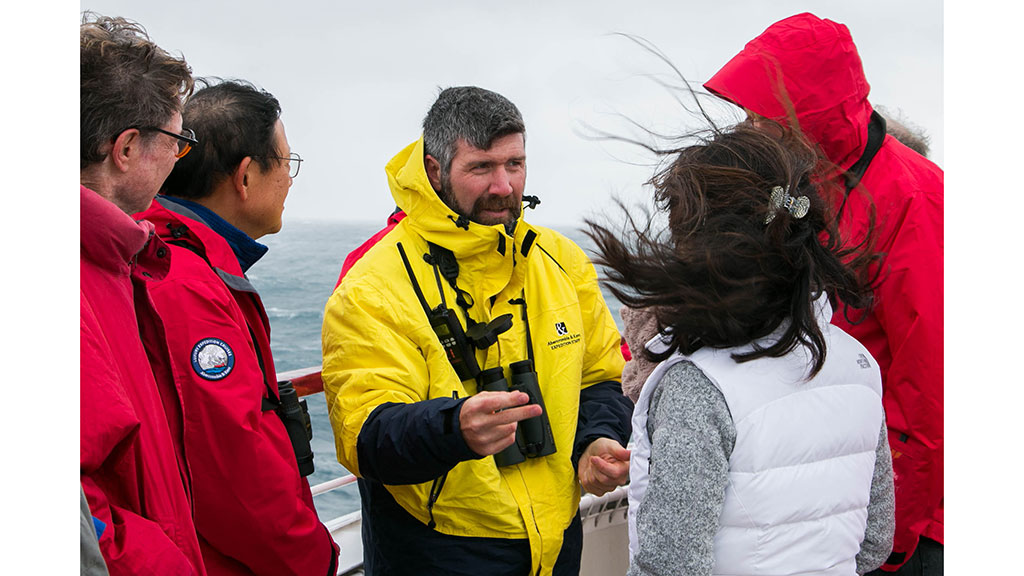
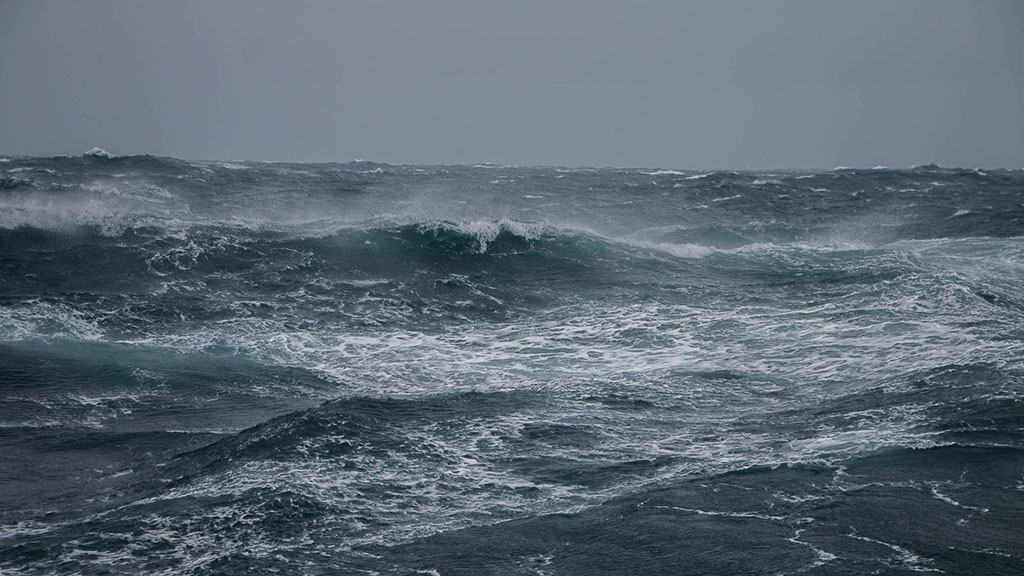
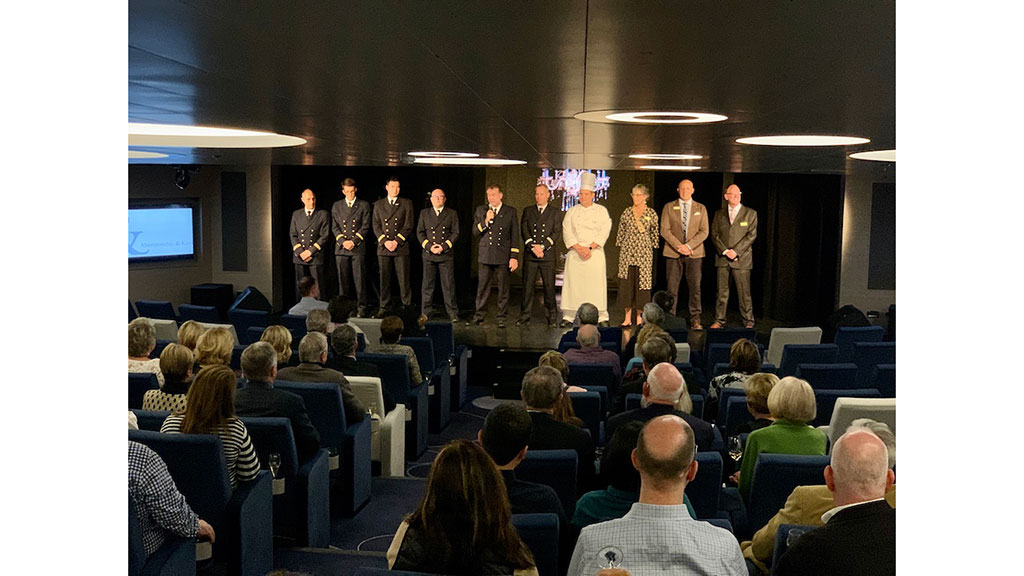
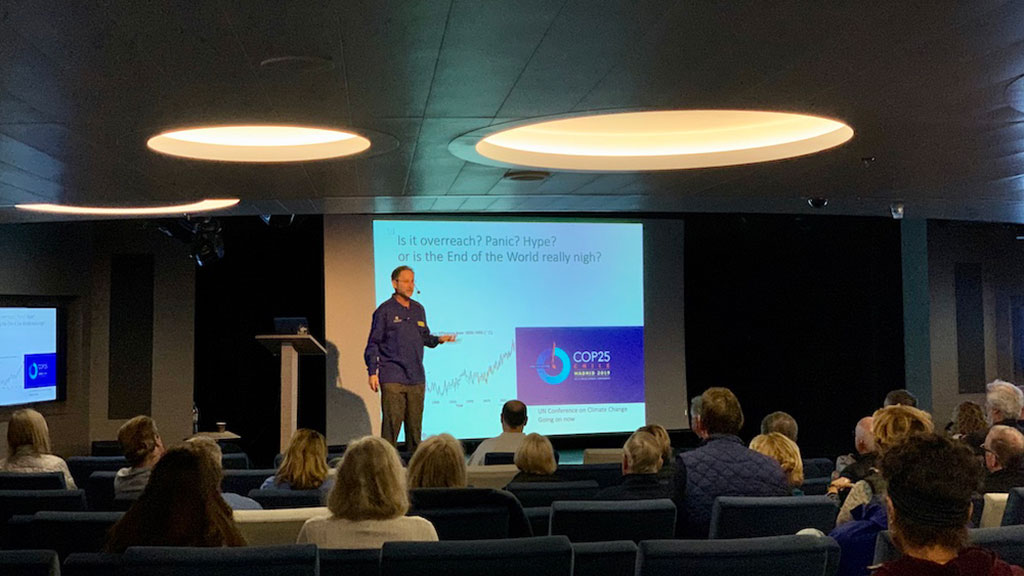
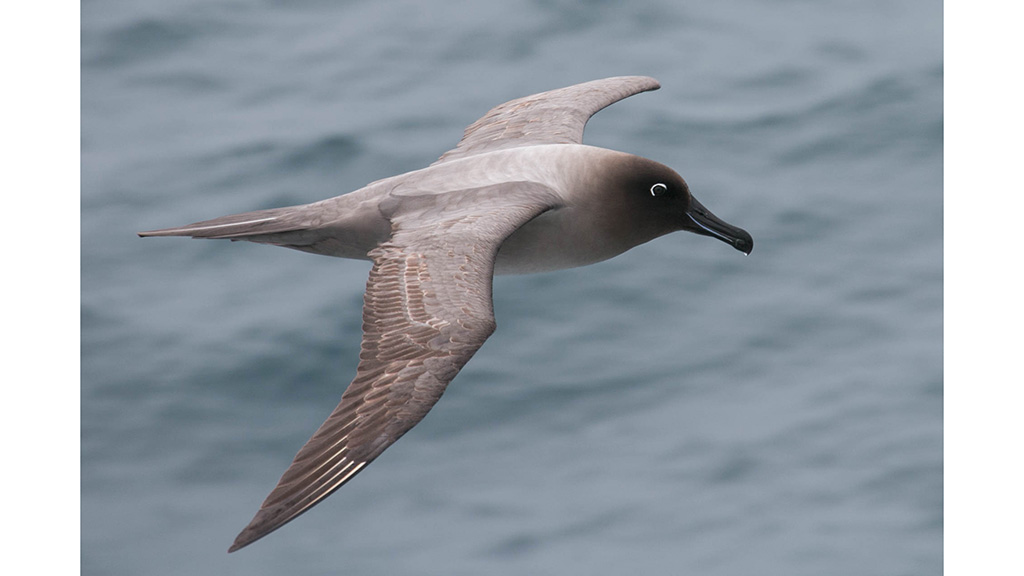





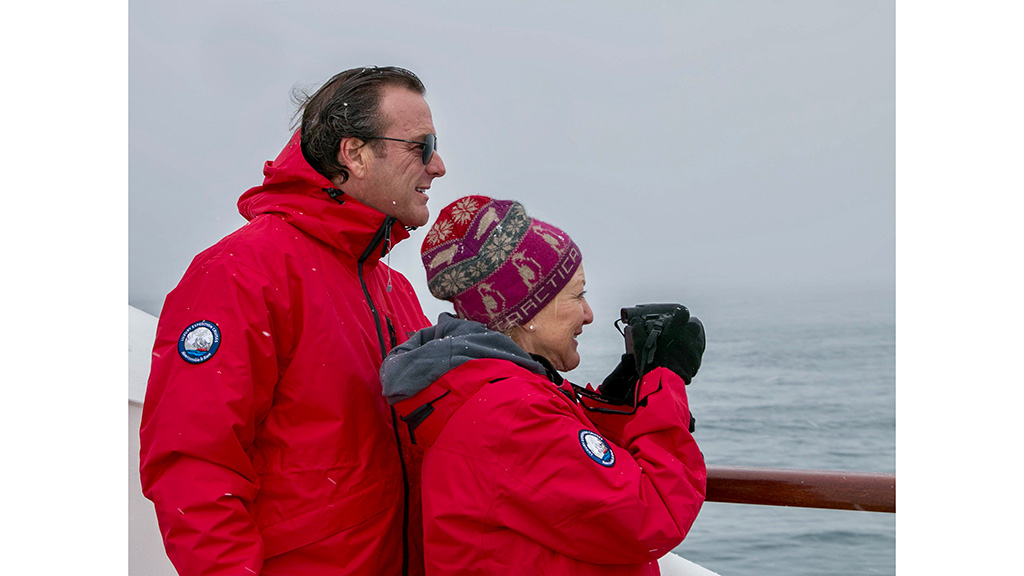
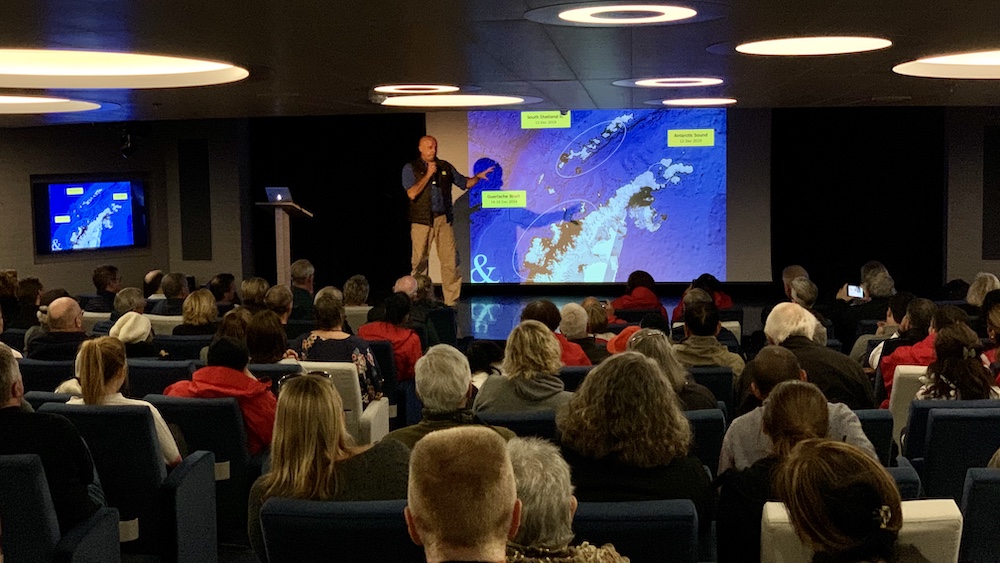
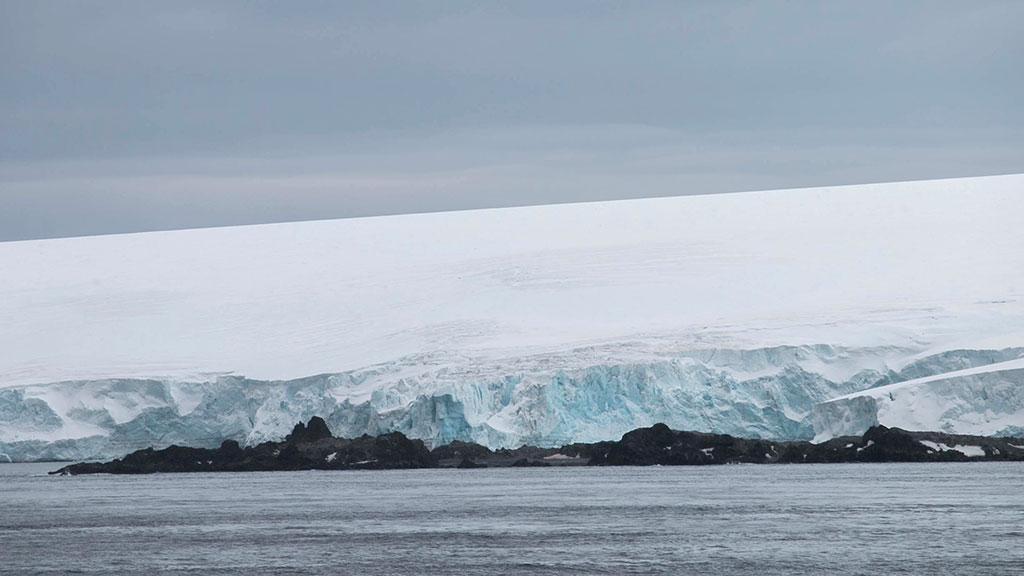
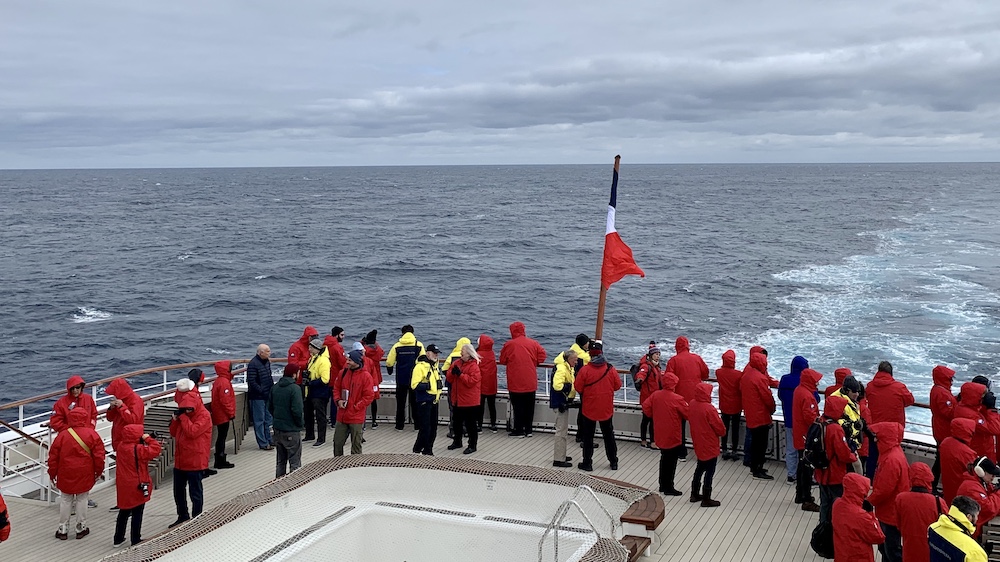
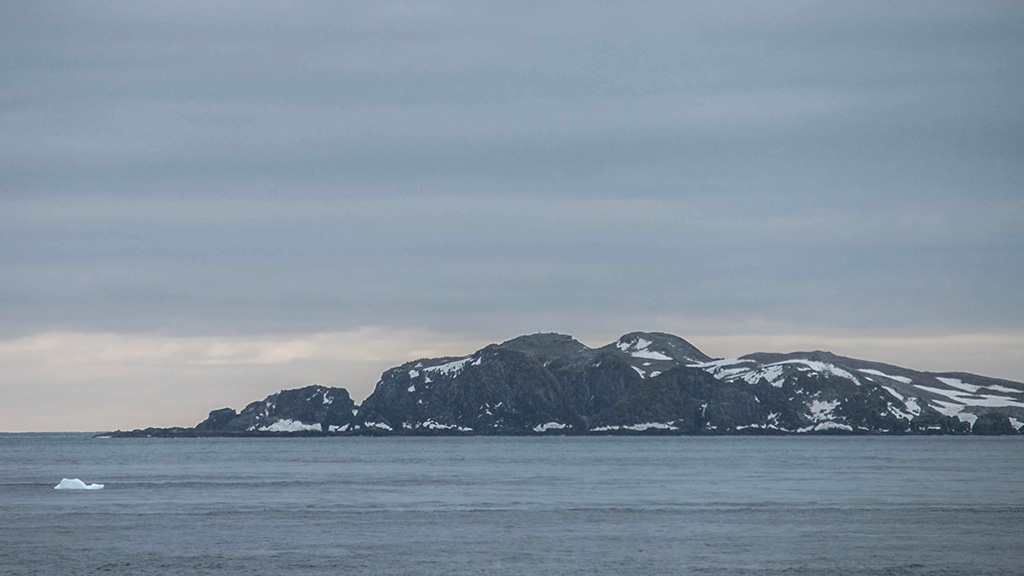









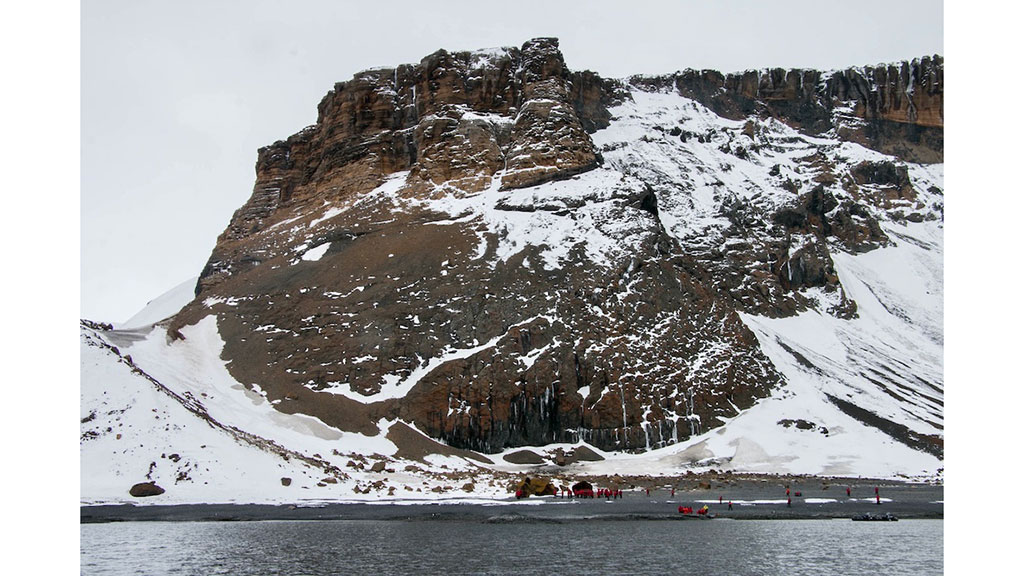
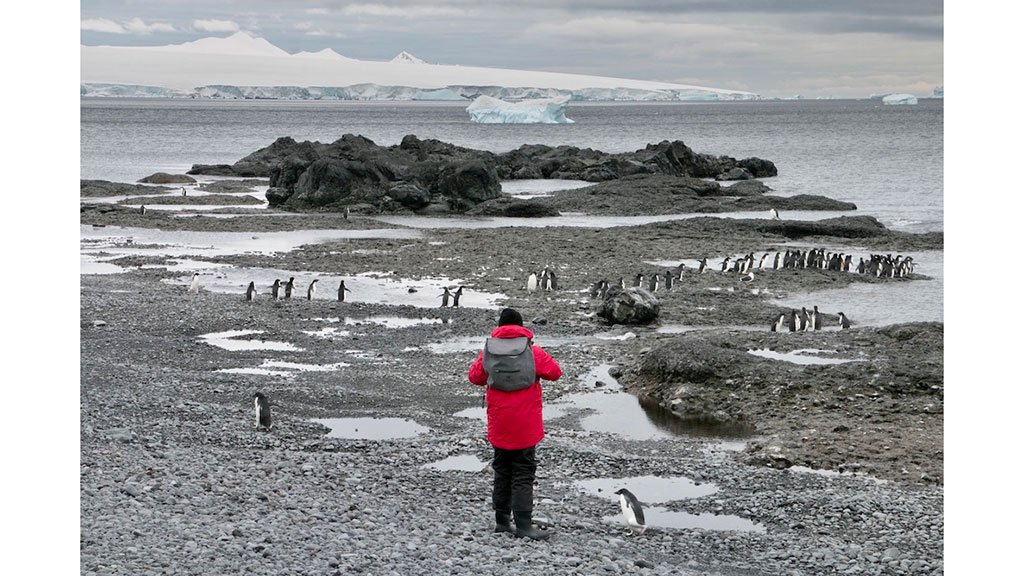
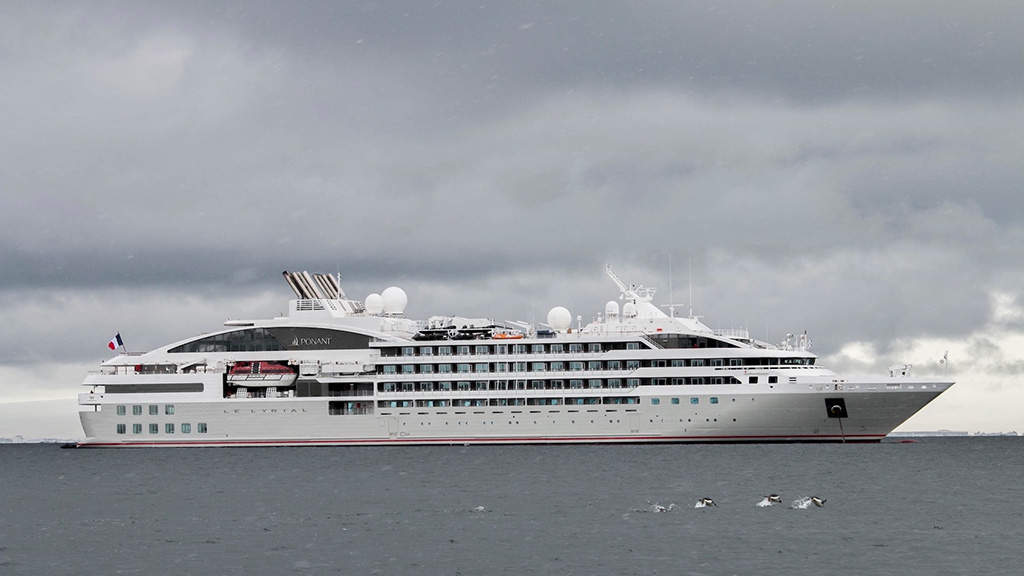
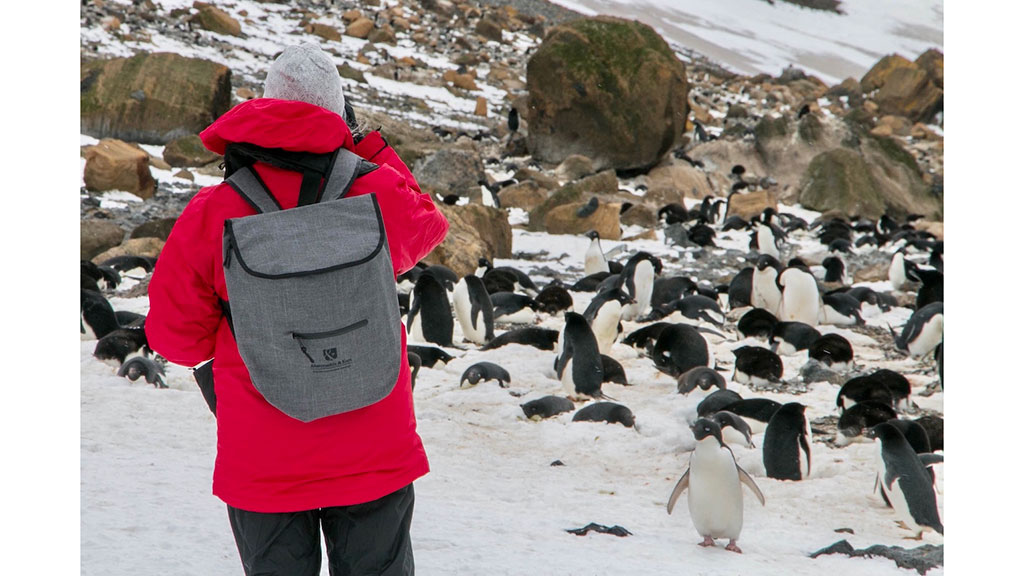
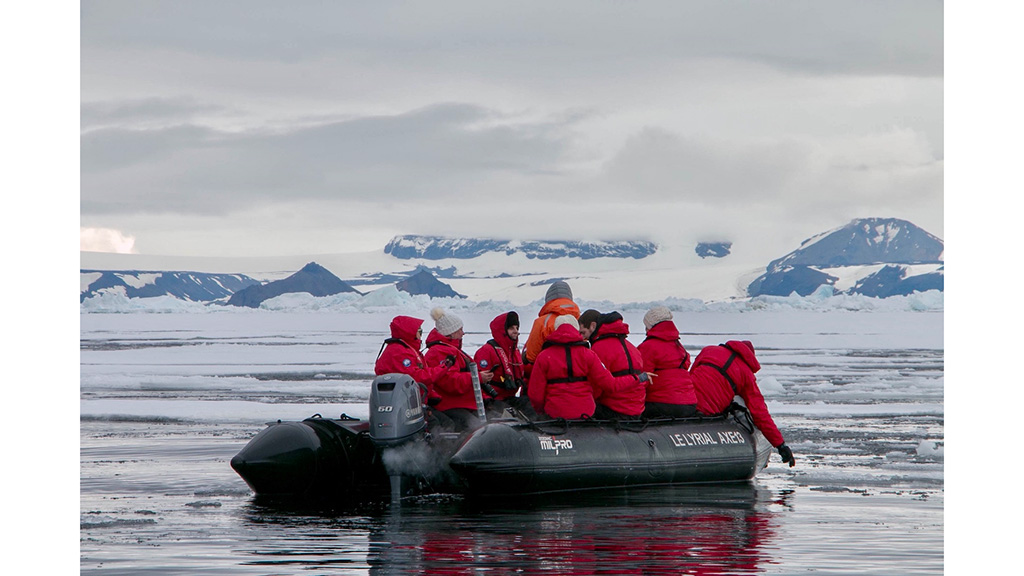
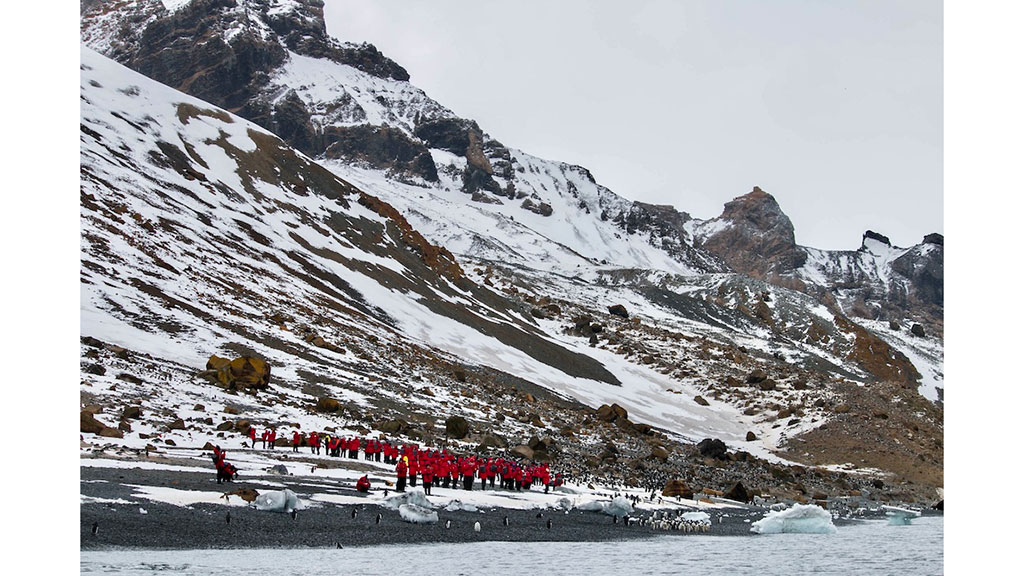
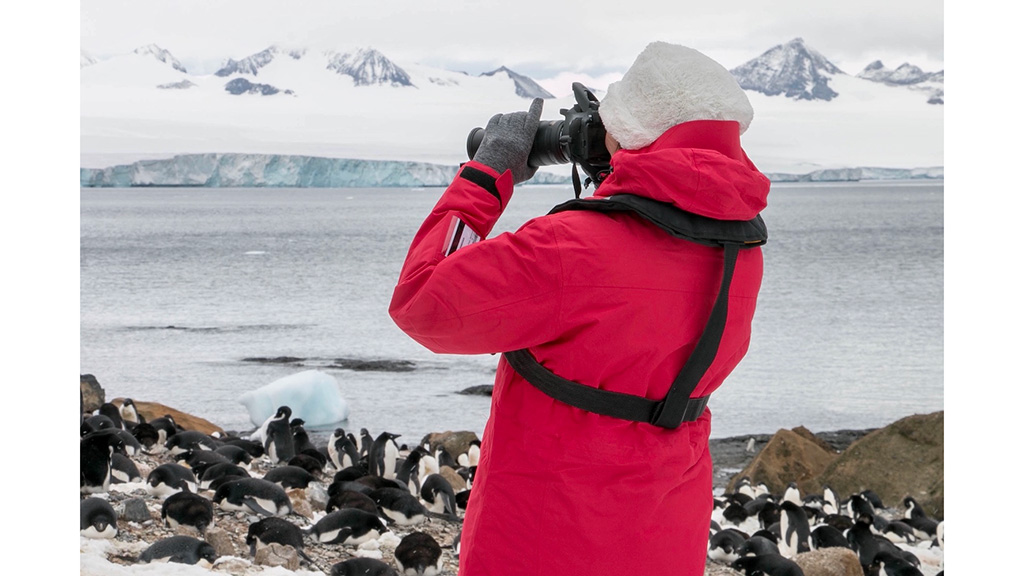
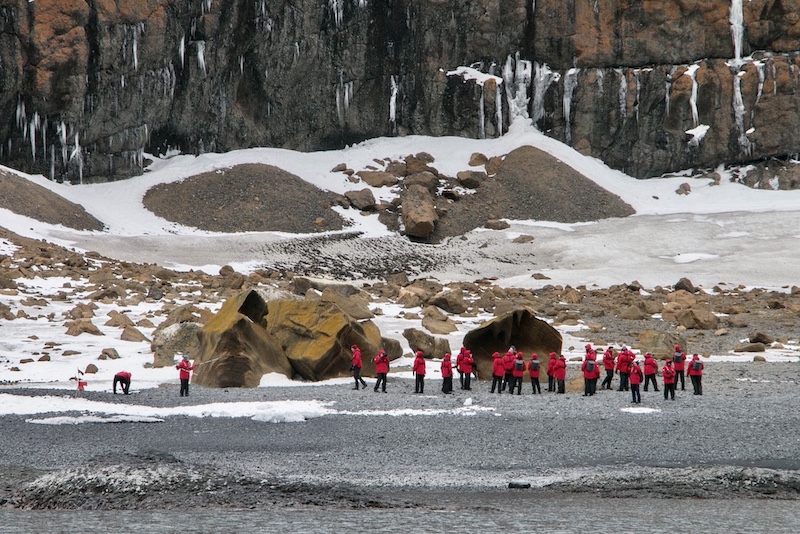
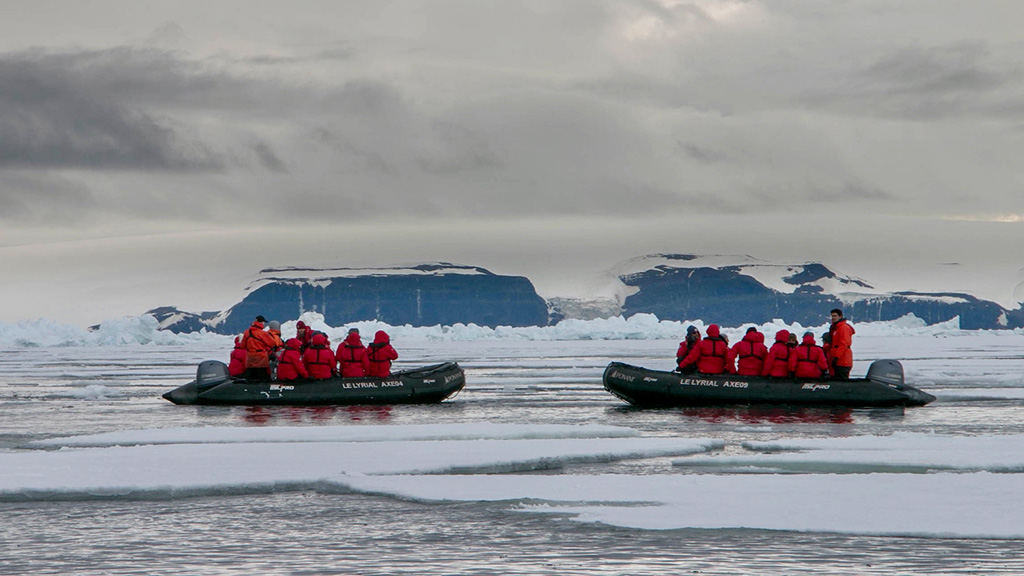









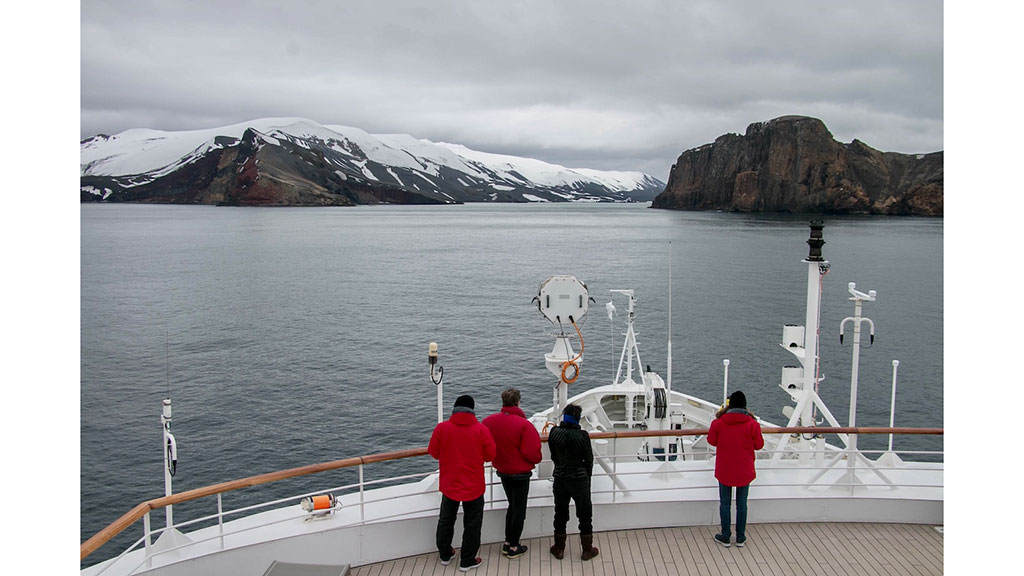
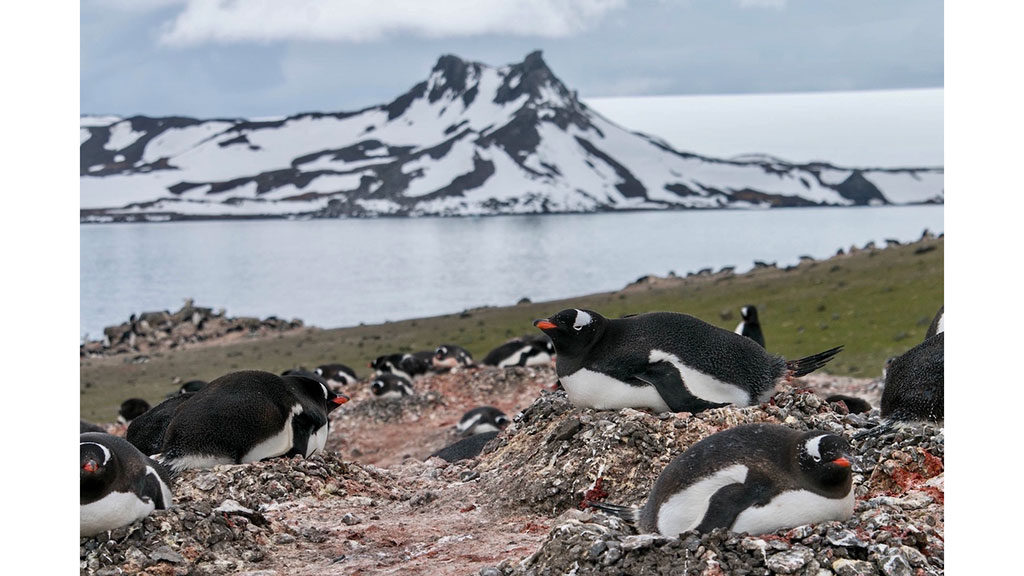
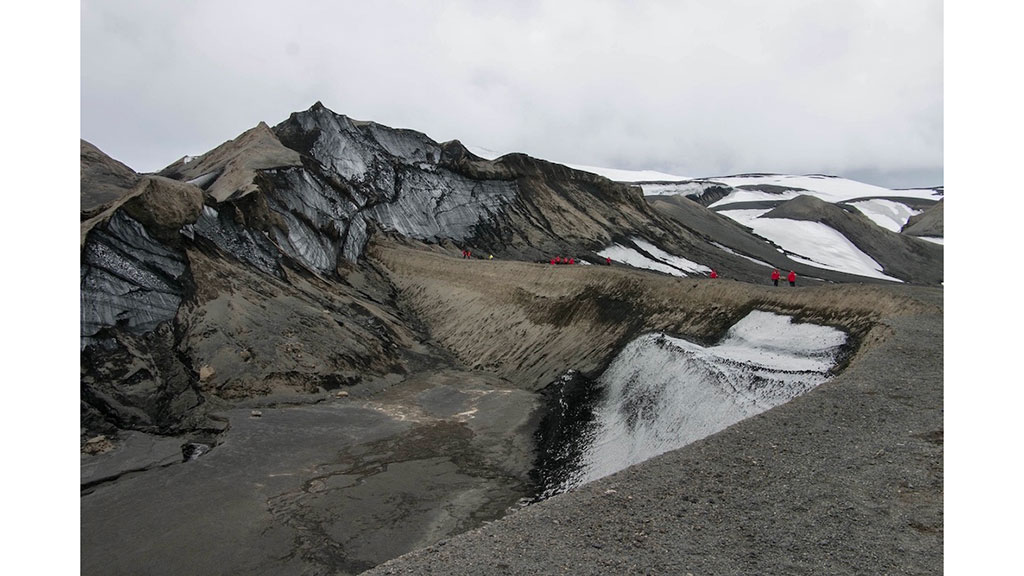
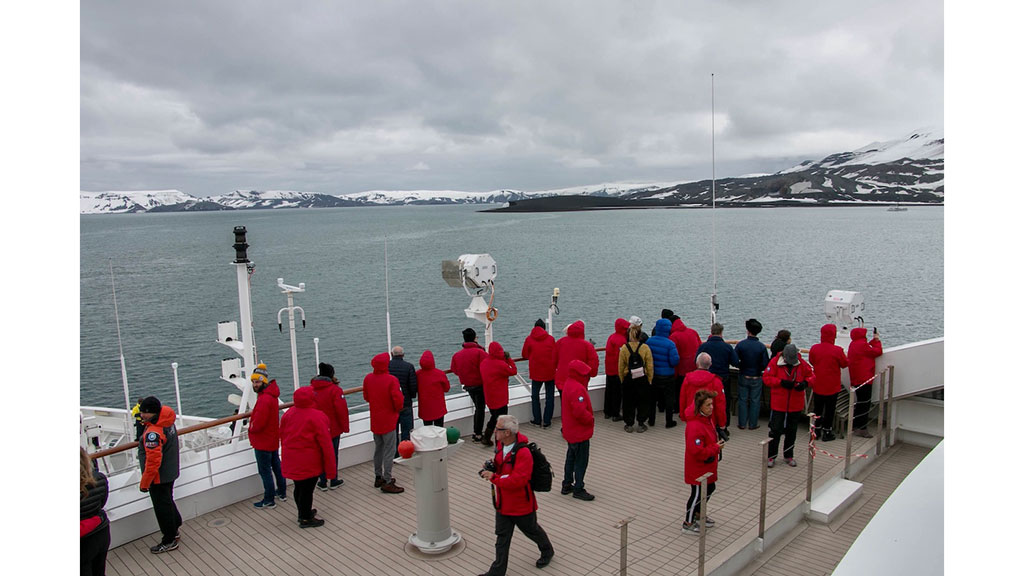

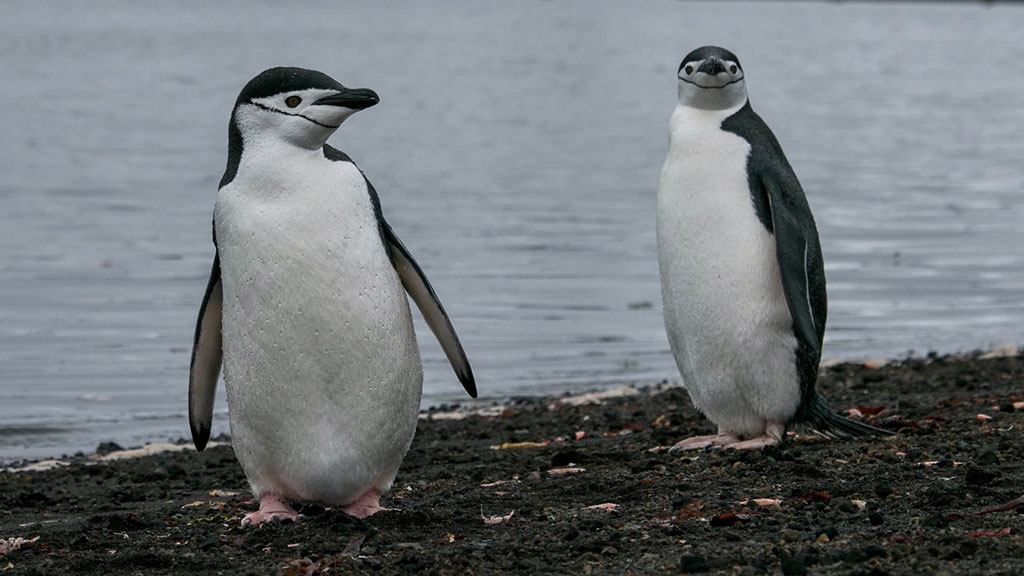
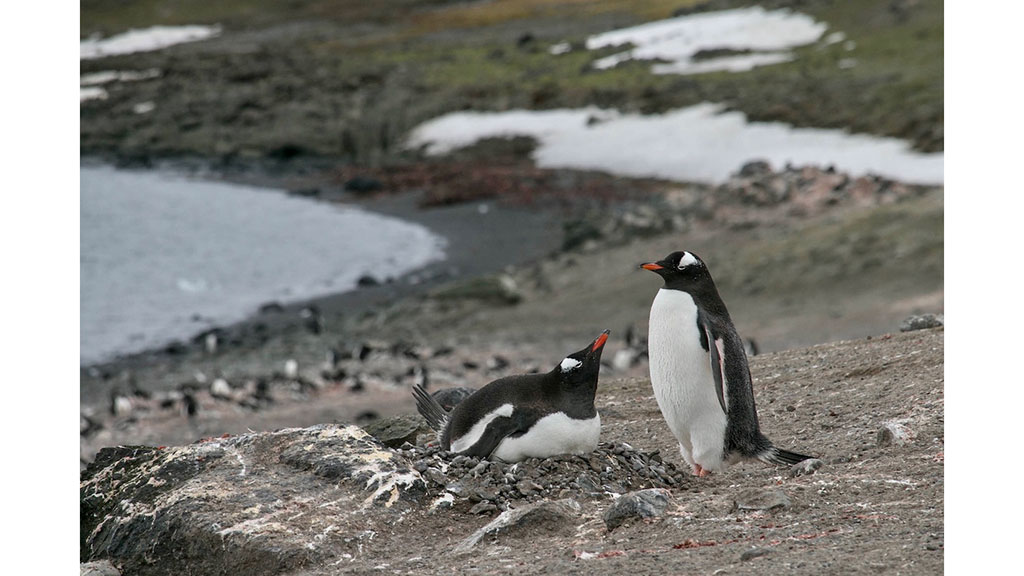
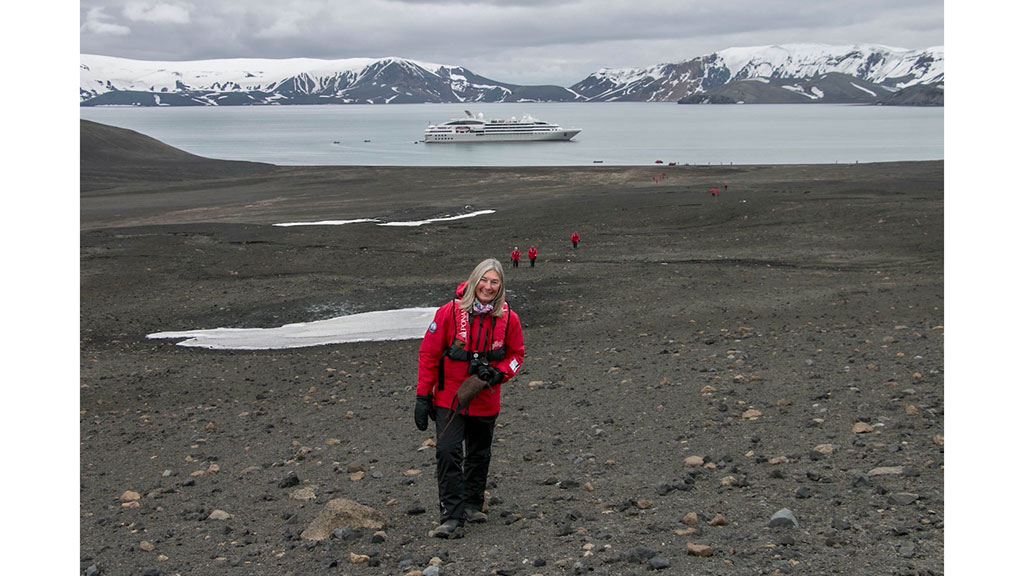
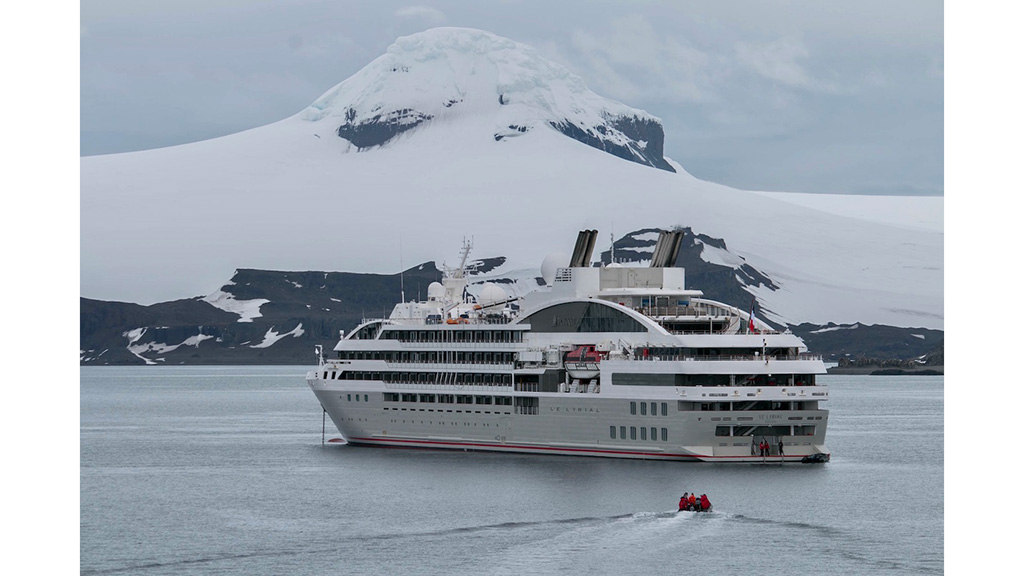









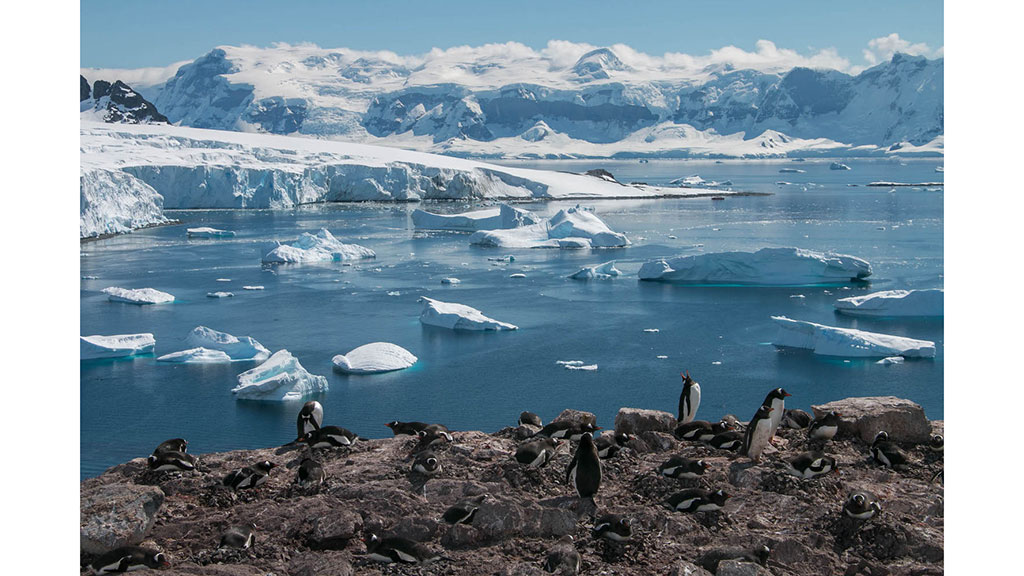
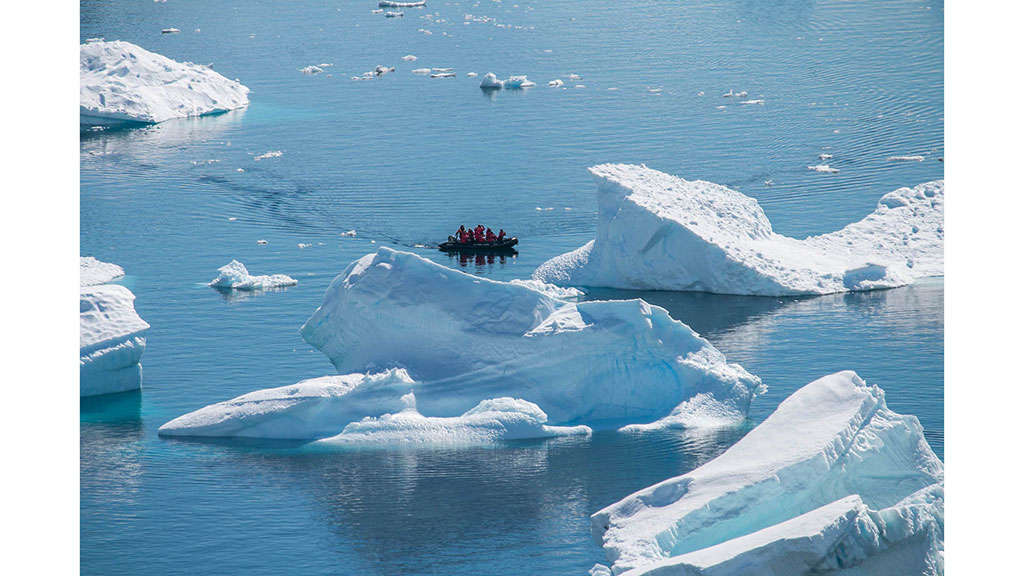
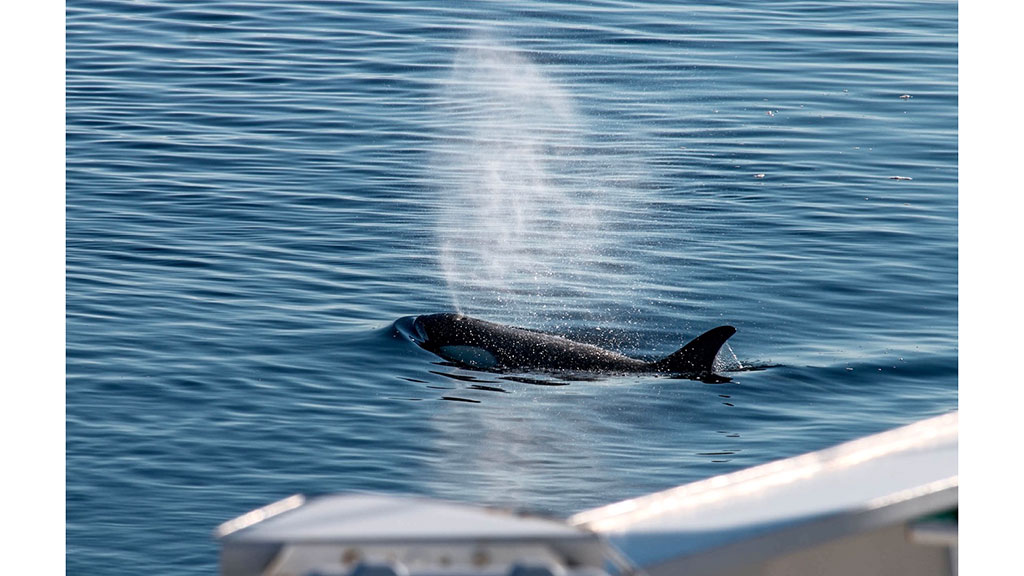
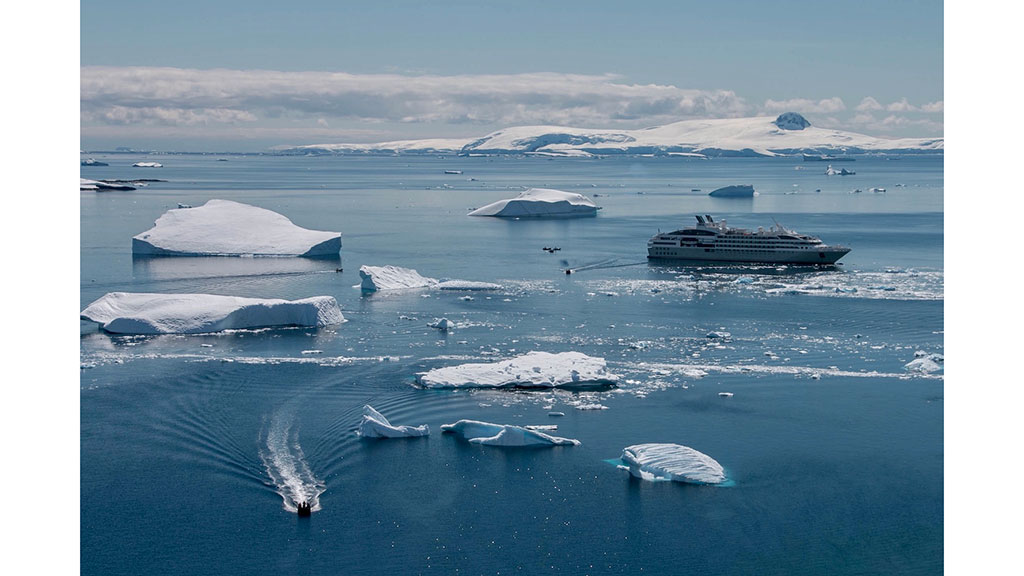
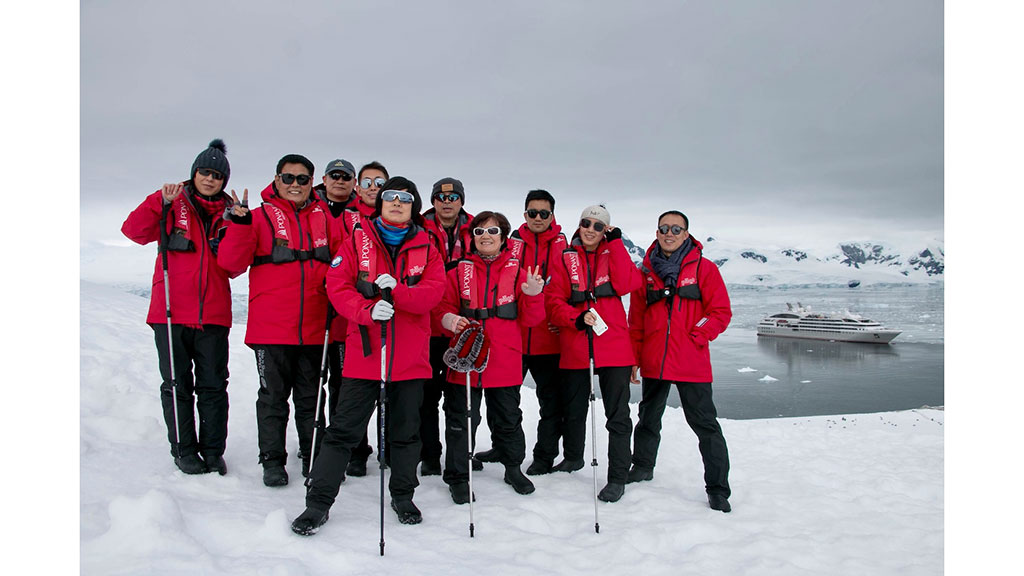
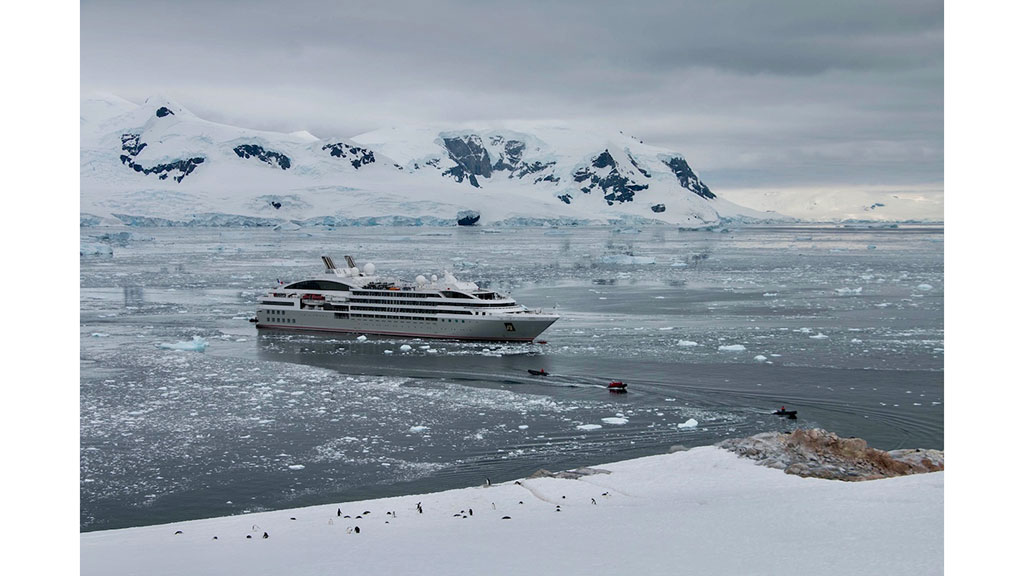
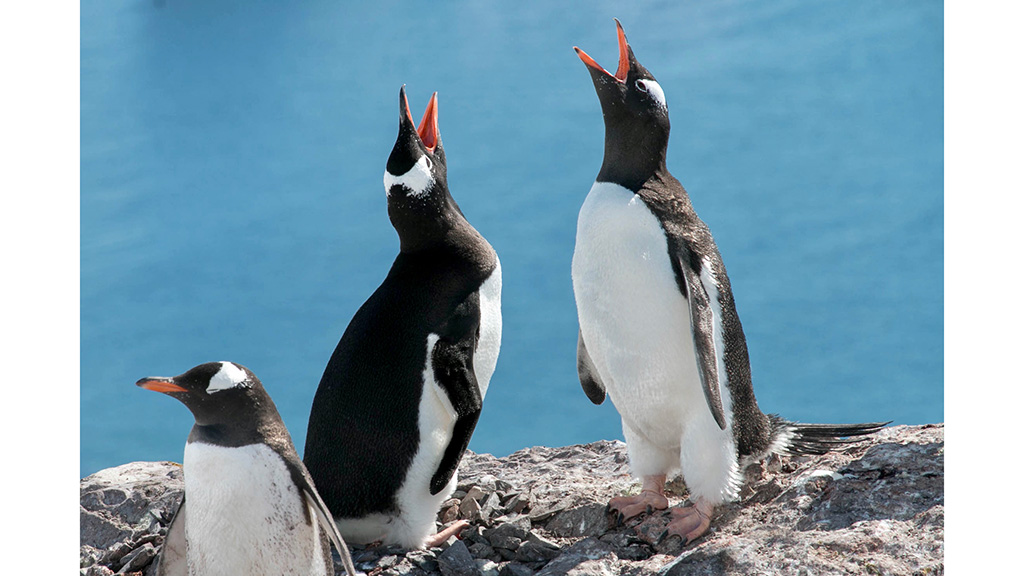
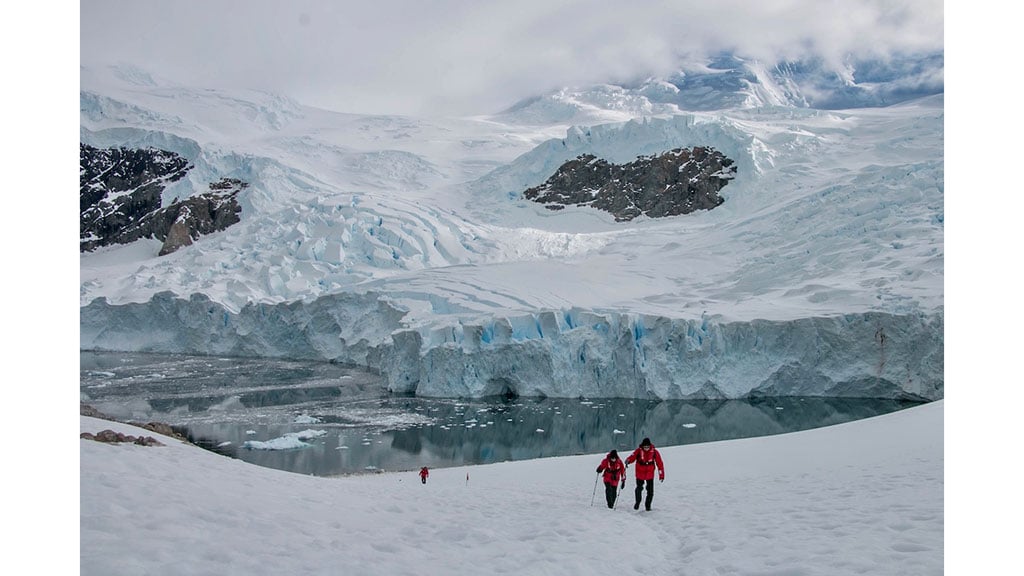
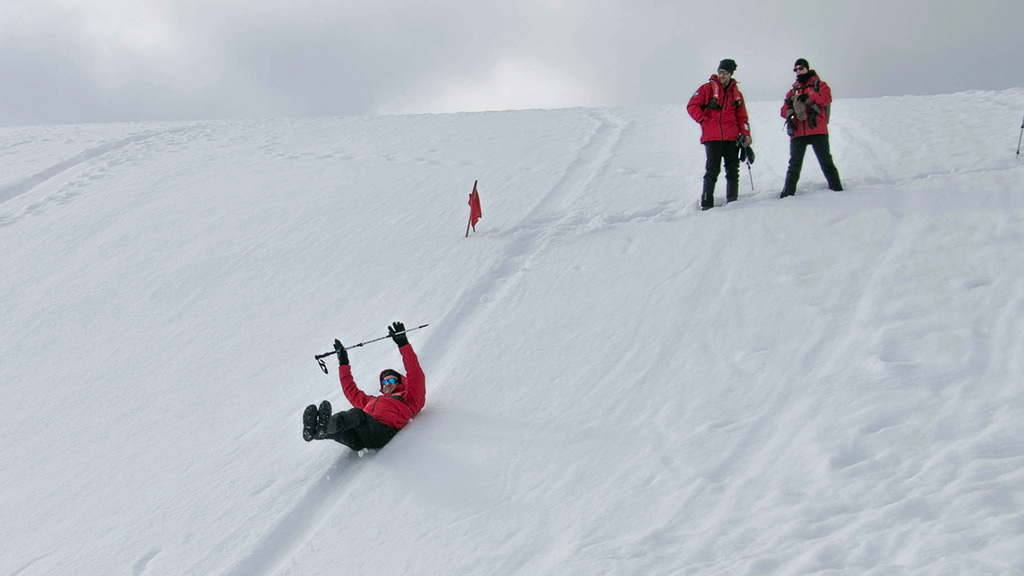






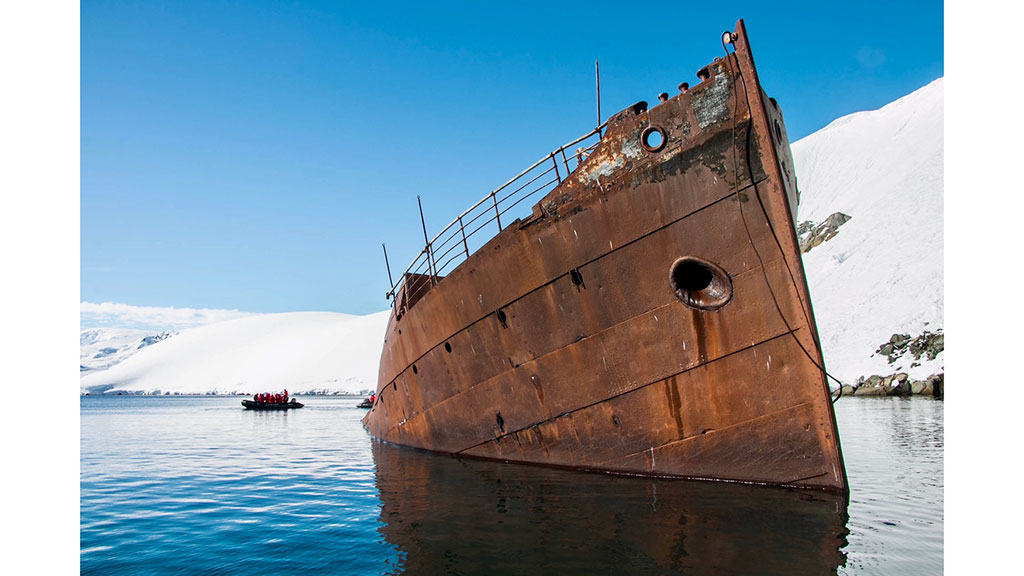
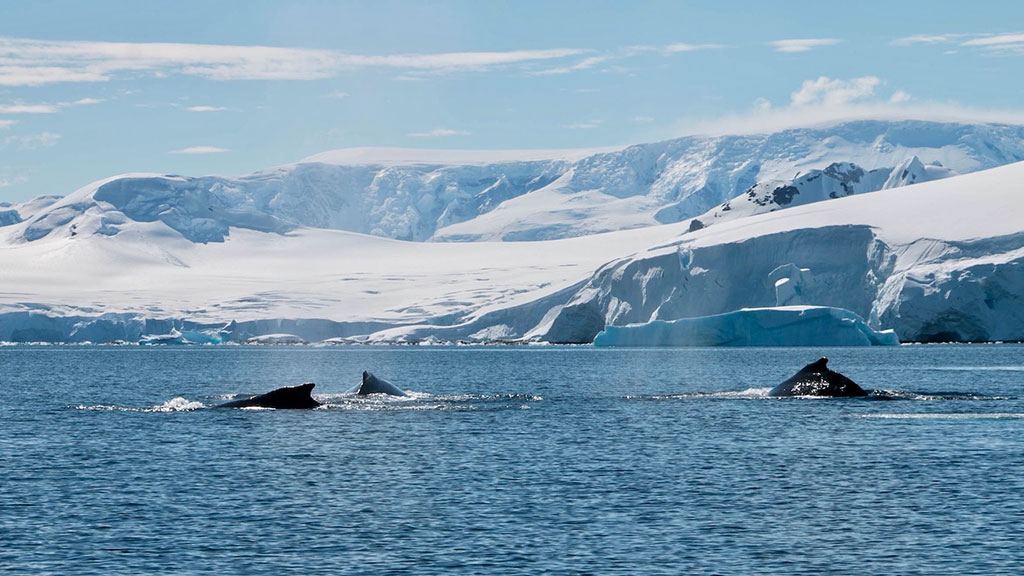
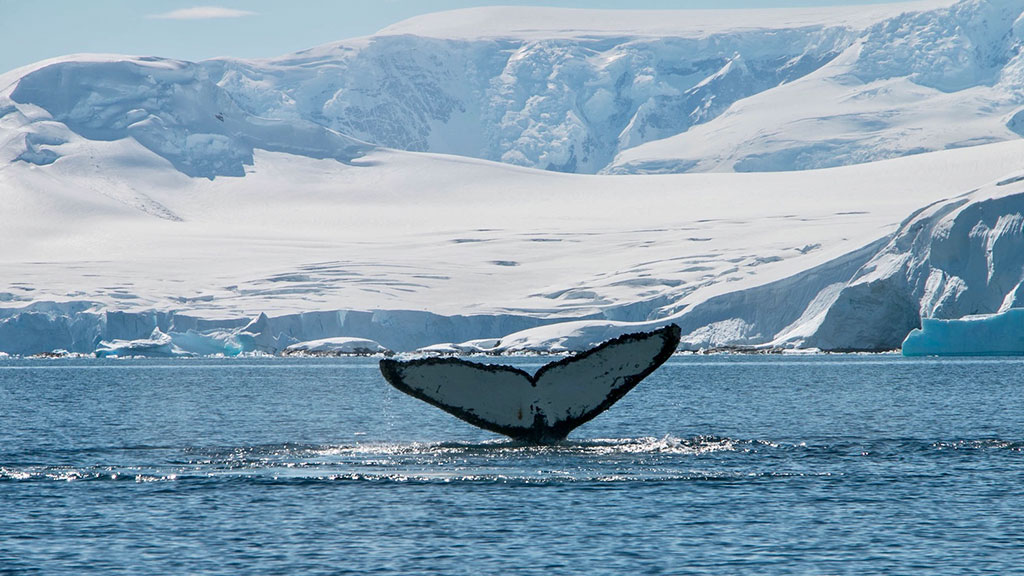
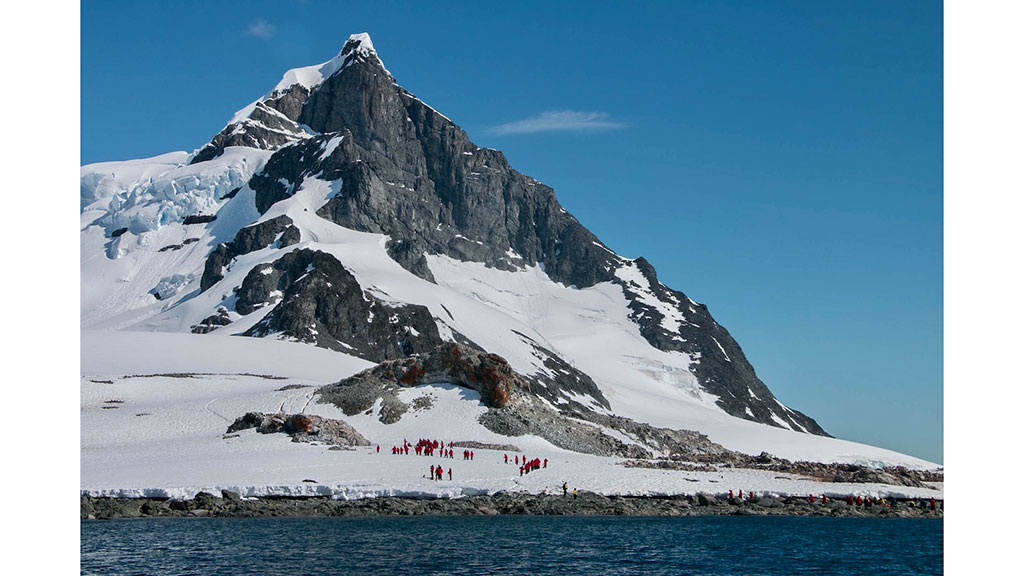
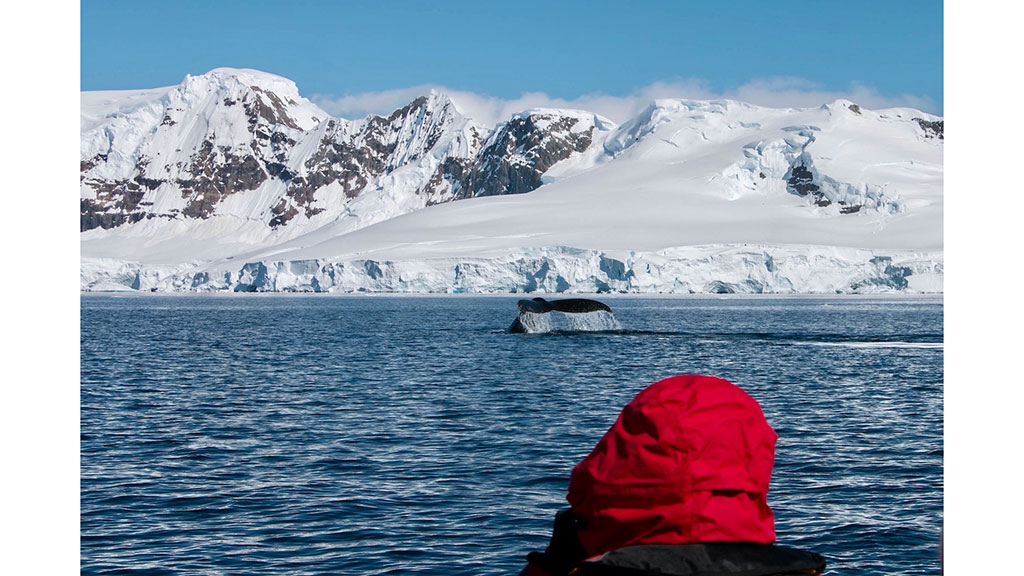
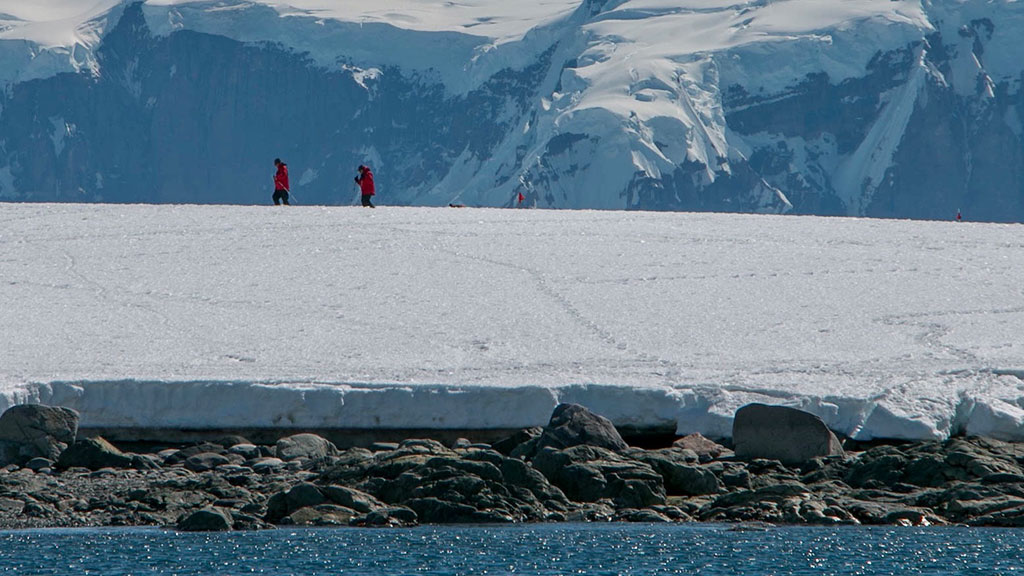








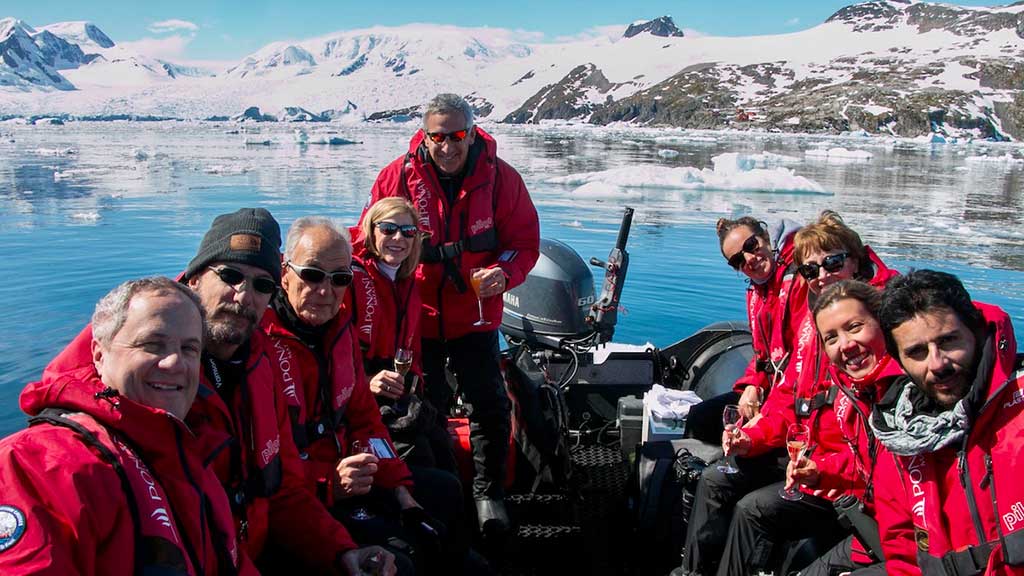
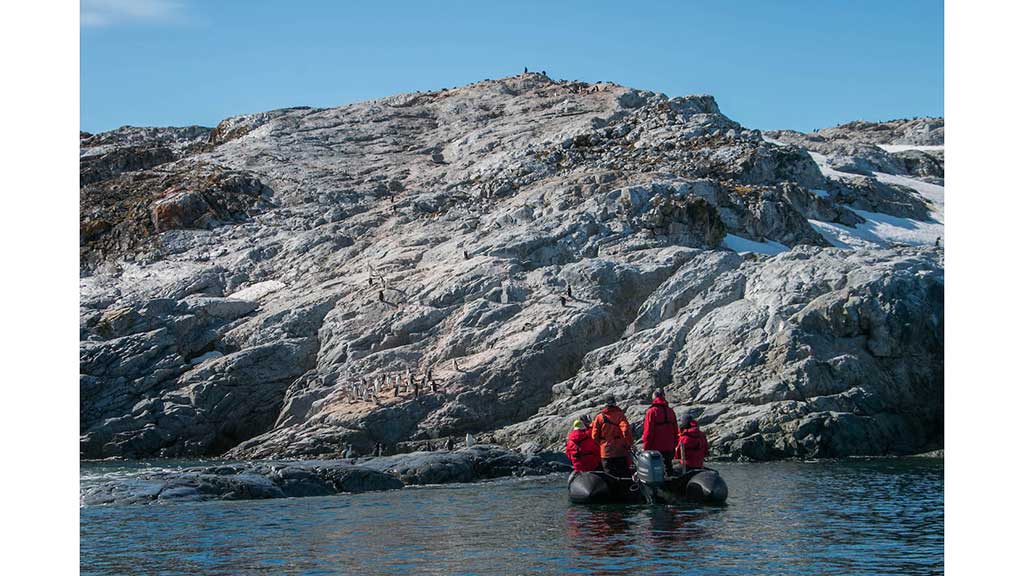
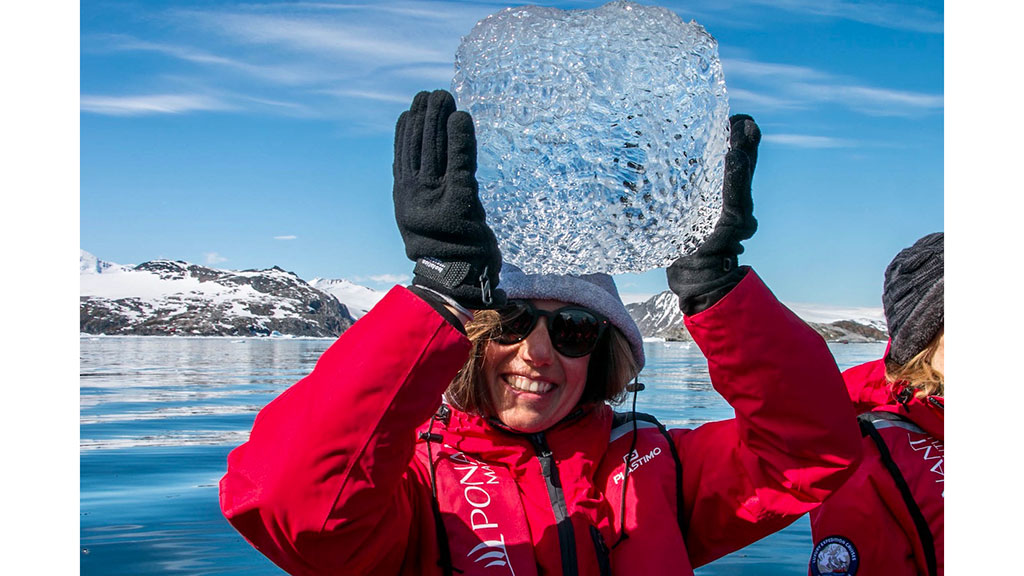
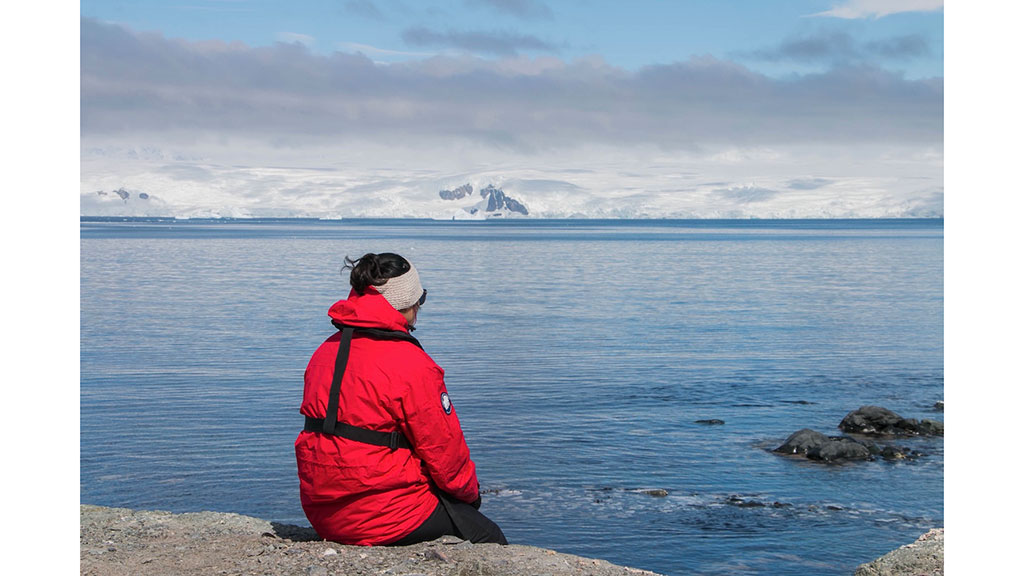
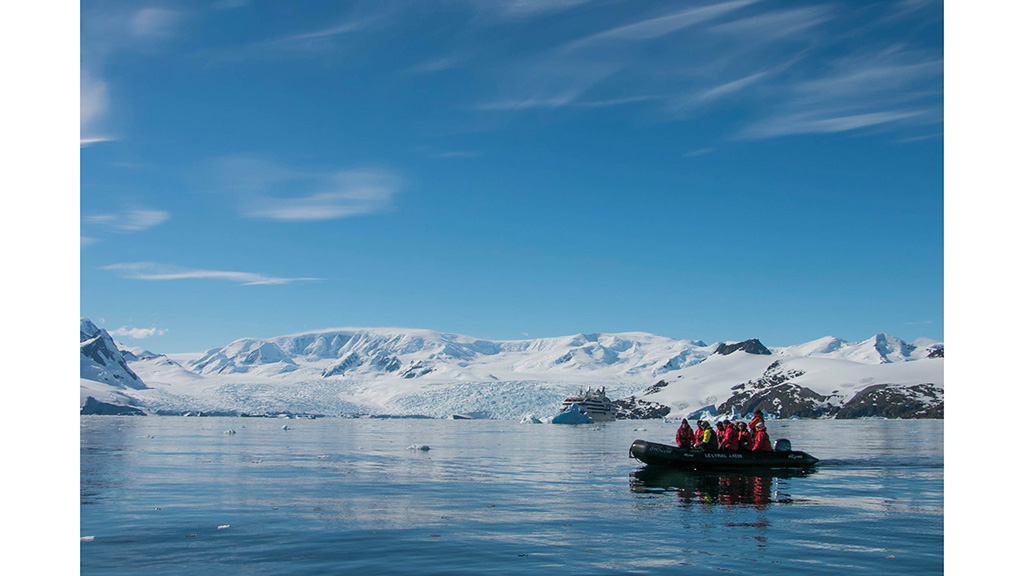
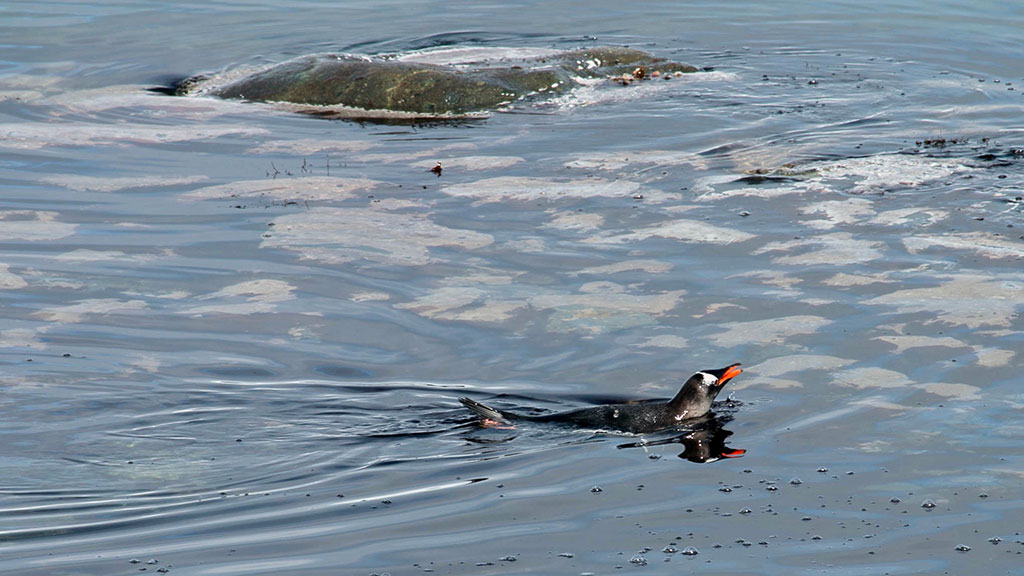
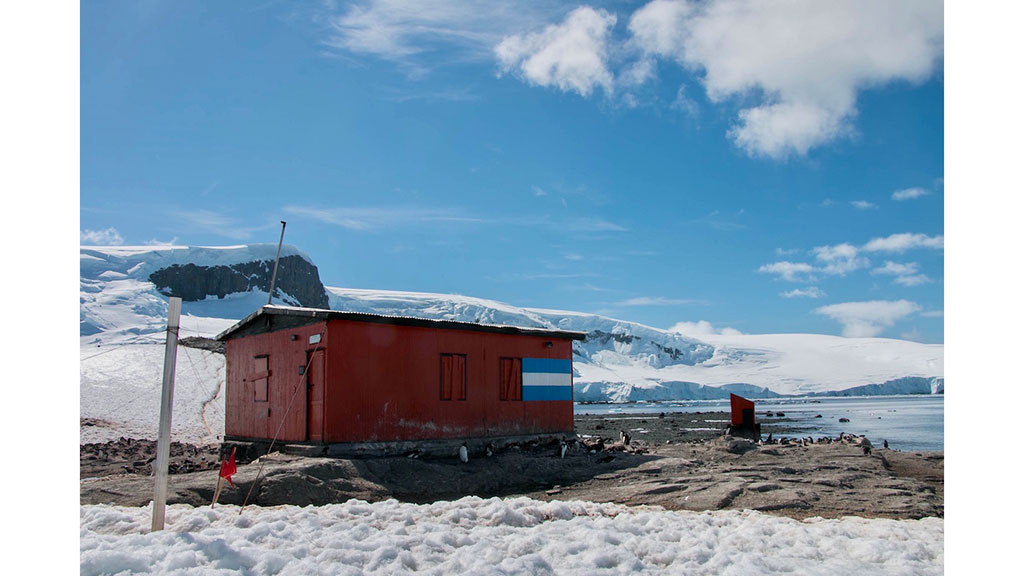
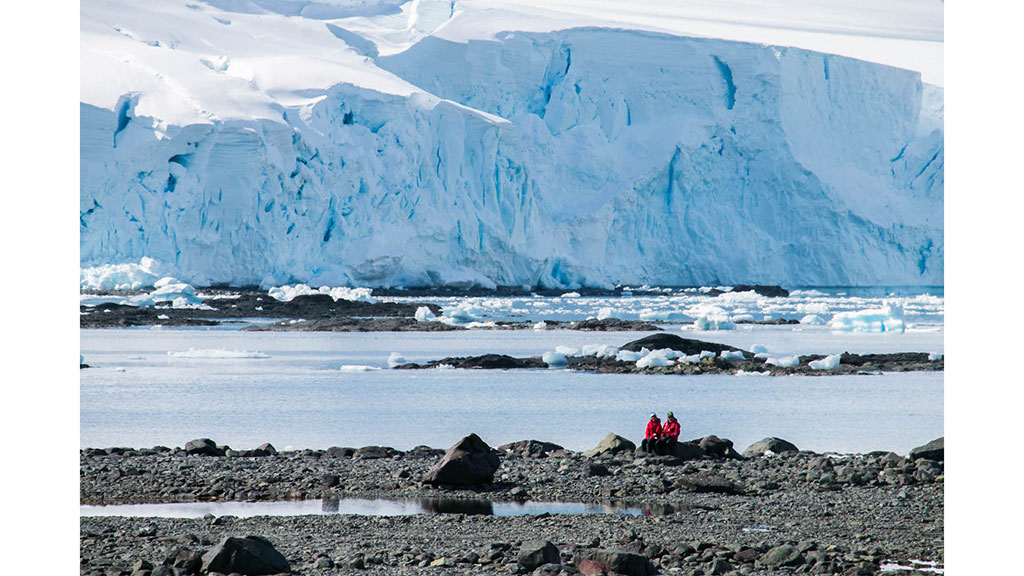







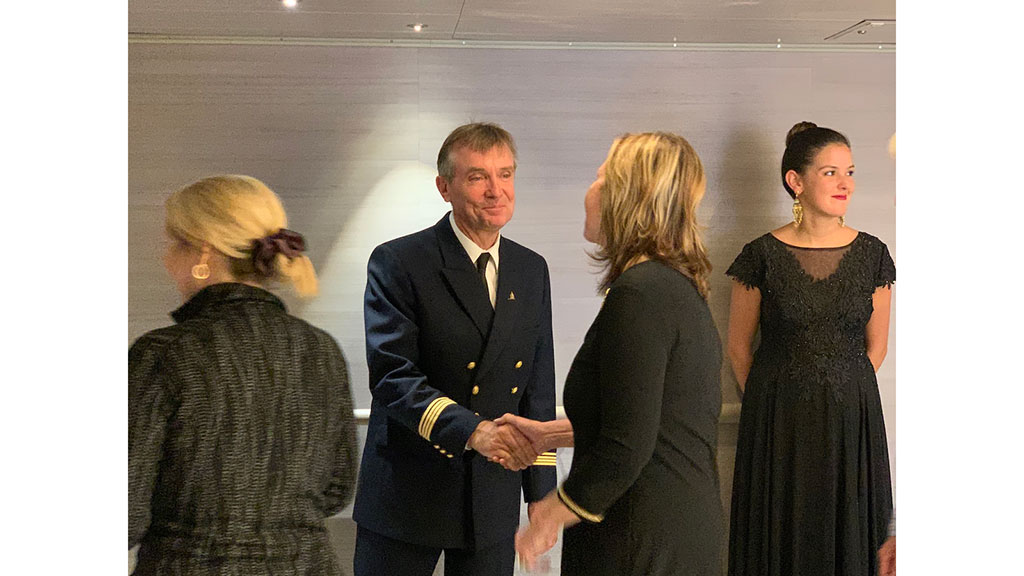
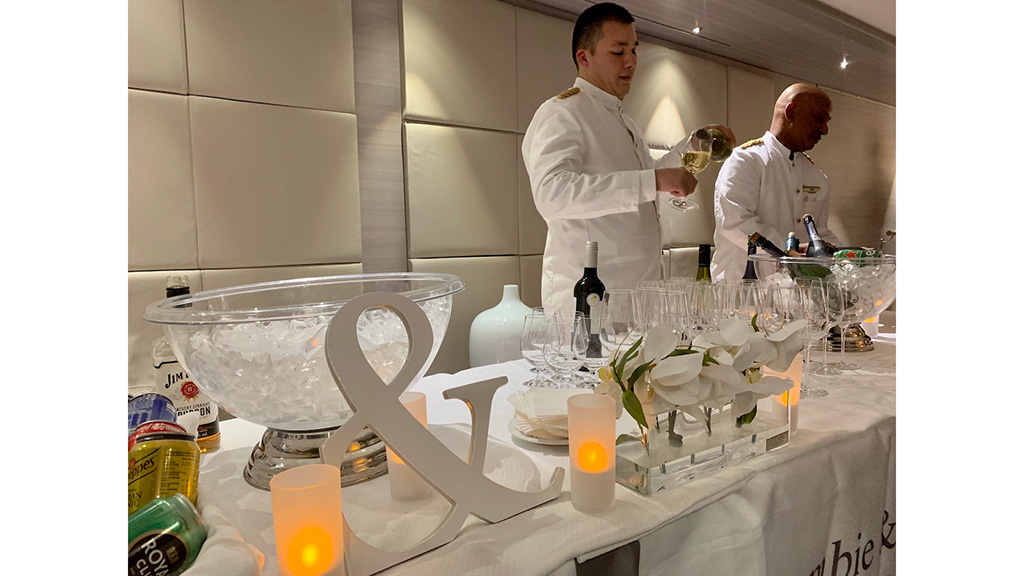
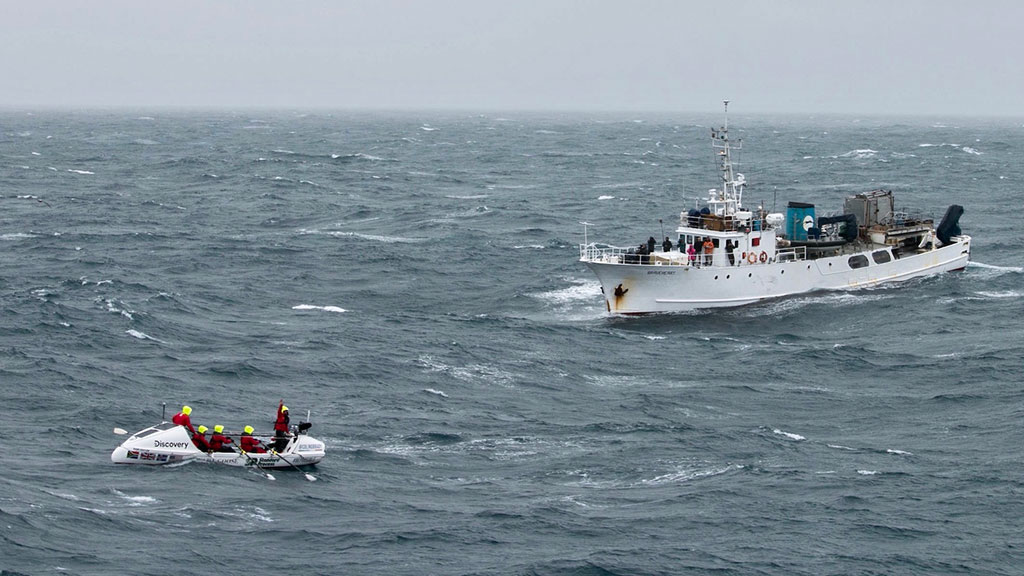
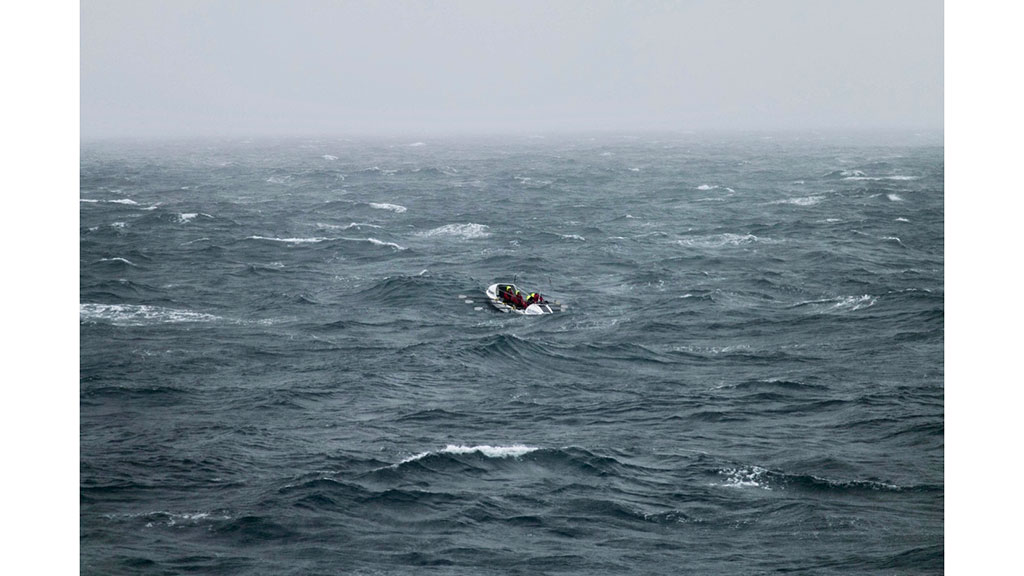
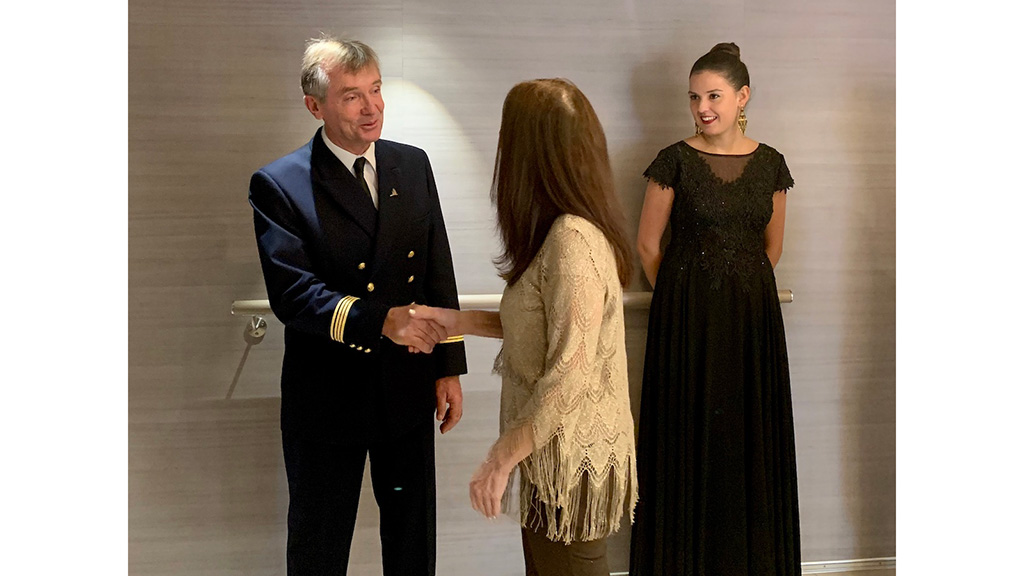
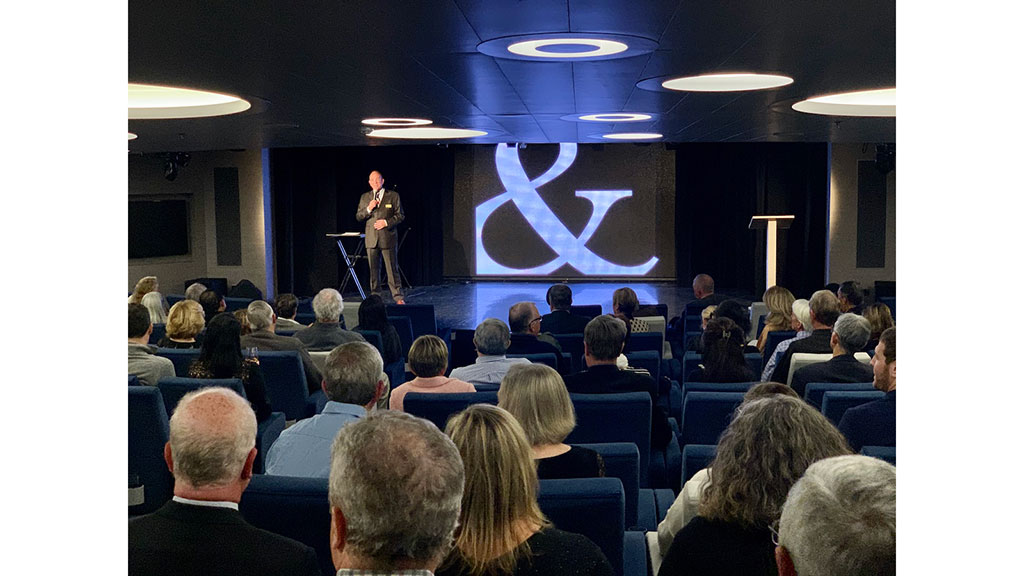
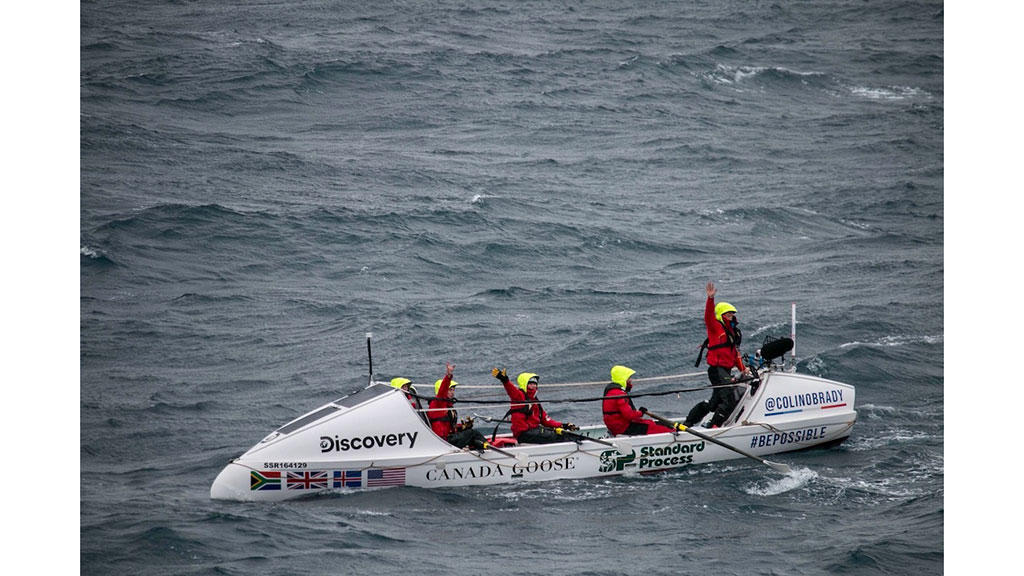




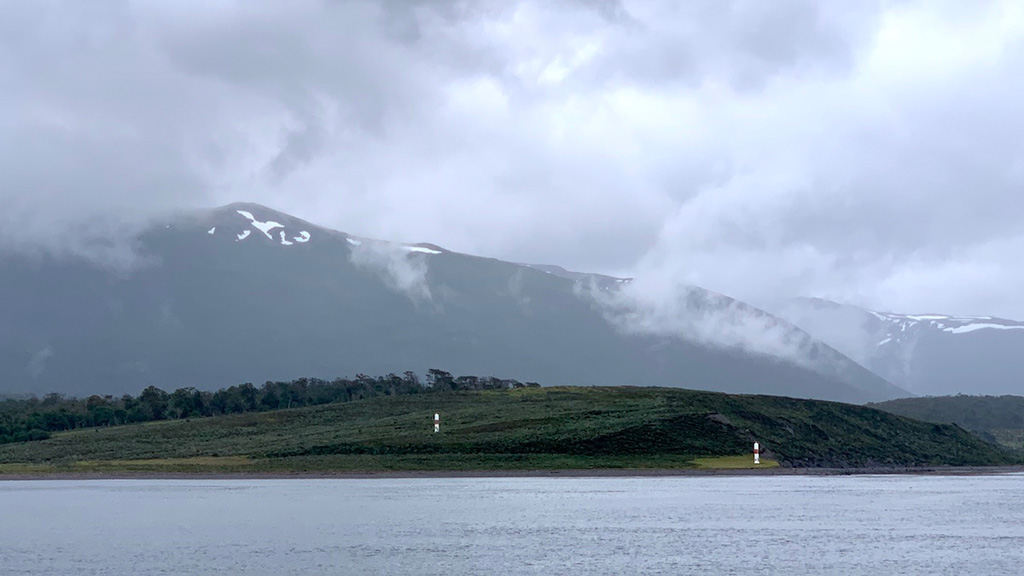
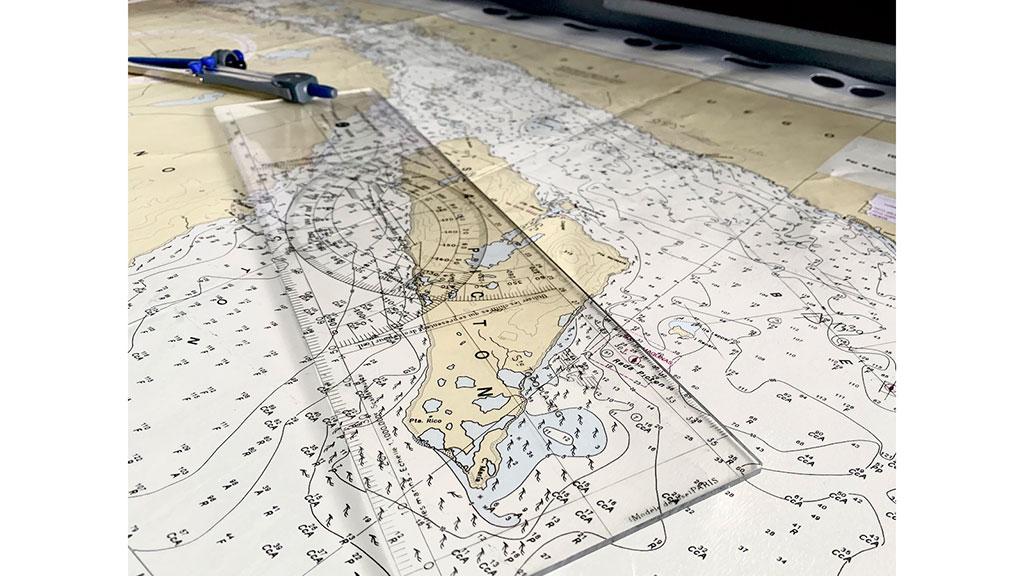
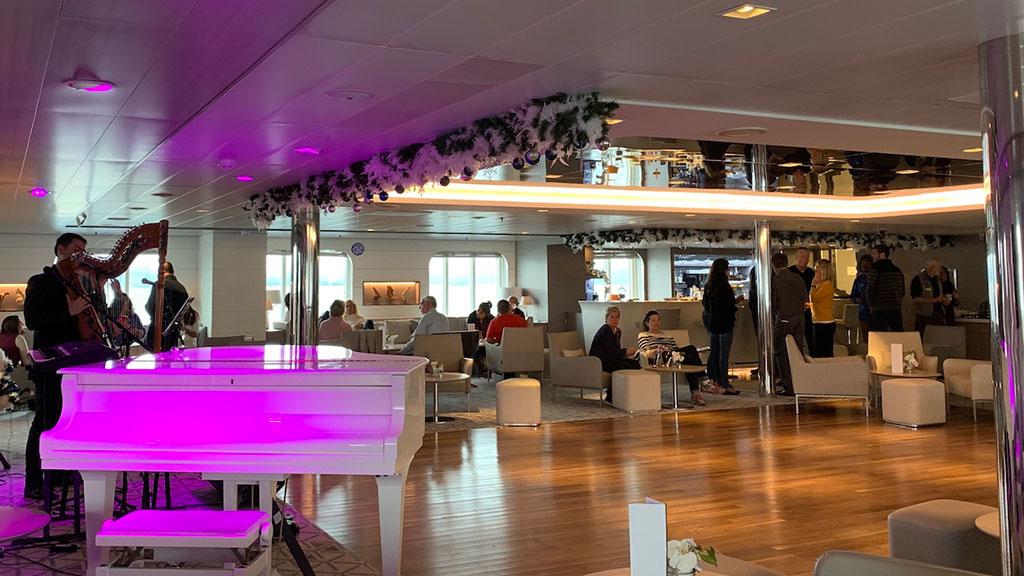
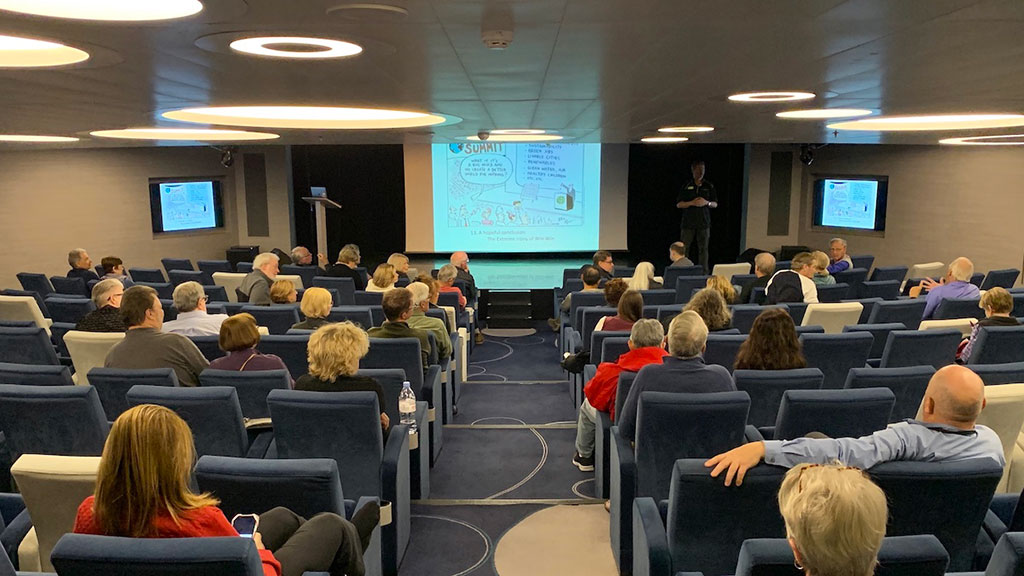

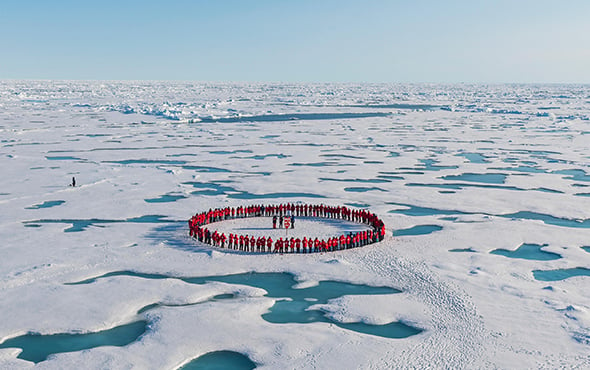
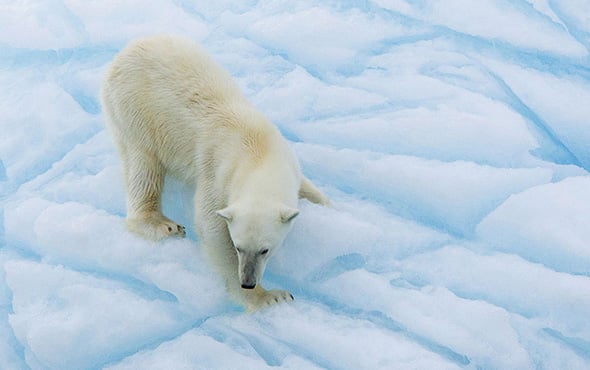
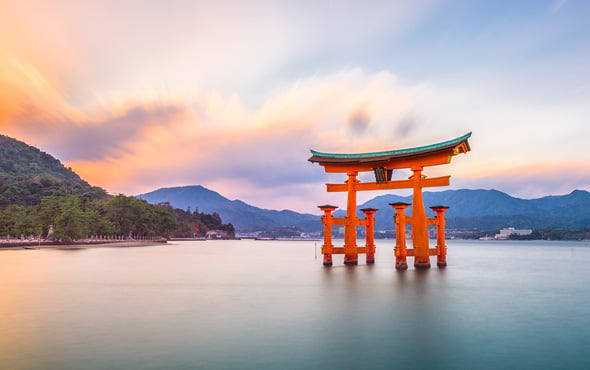


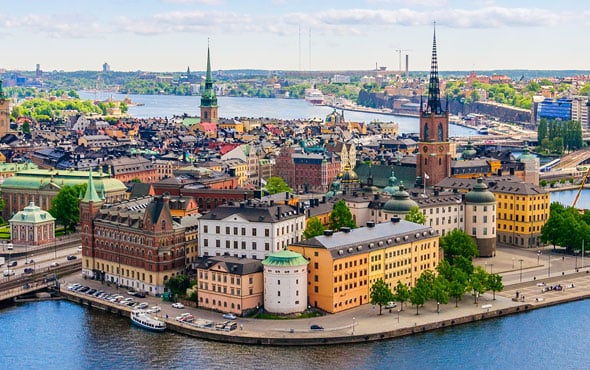

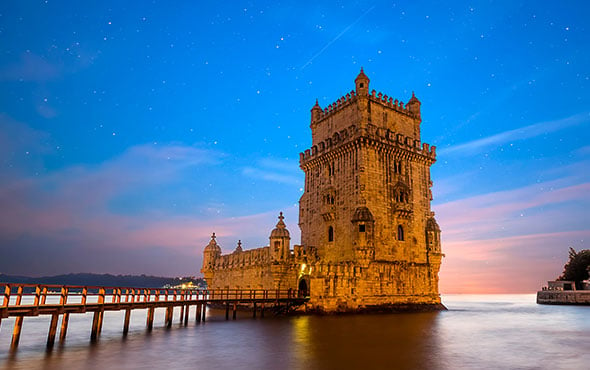

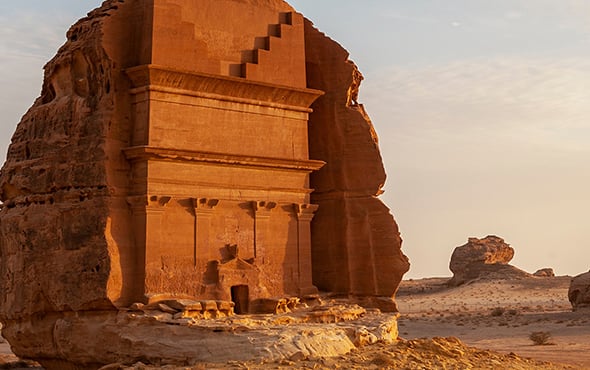
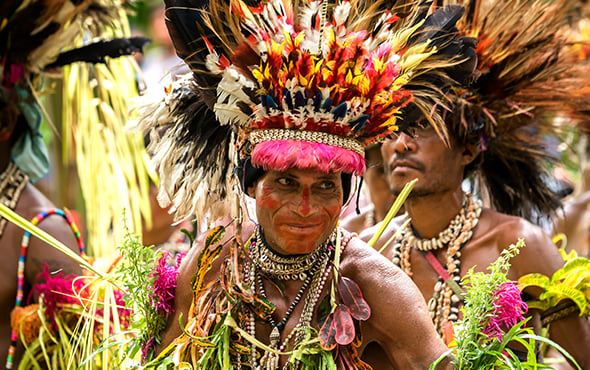
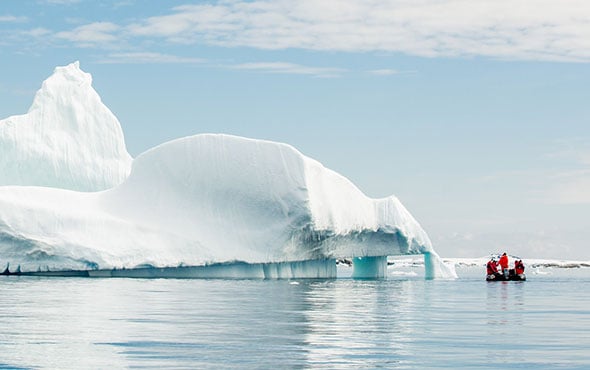
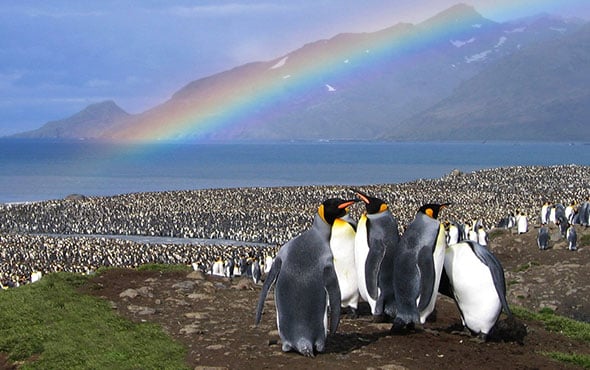
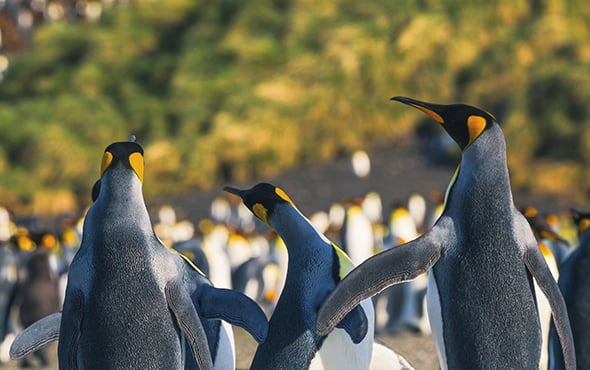



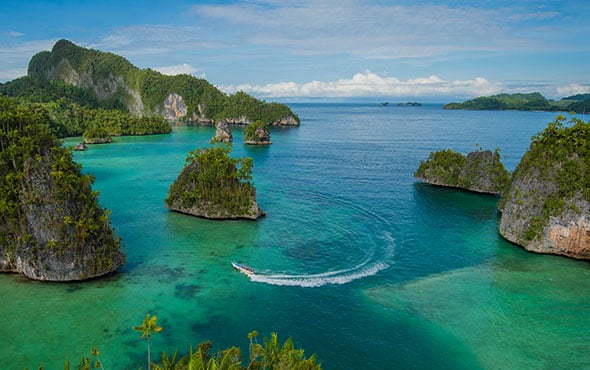
 The Americas
The Americas
 Europe, Middle East and Africa
Europe, Middle East and Africa Australia, NZ and SE Asia
Australia, NZ and SE Asia